Chapter 12: Surfing the World Wide Web
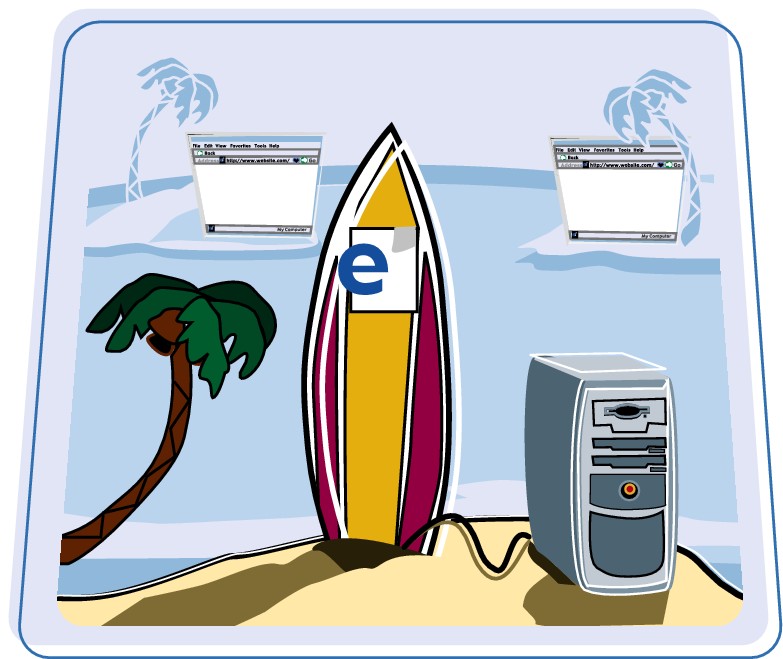
After you set up your Internet connection, you can use Internet Explorer or another browser to navigate, or surf, the Web sites on the World Wide Web. This chapter explains the Web, and shows you how to navigate from site to site.
Introduction to the World Wide Web
Introduction to the World Wide Web
The World Wide Web, or simply the Web, is a massive storehouse of information that resides on computers, called Web servers, located all over the world.
Web Page
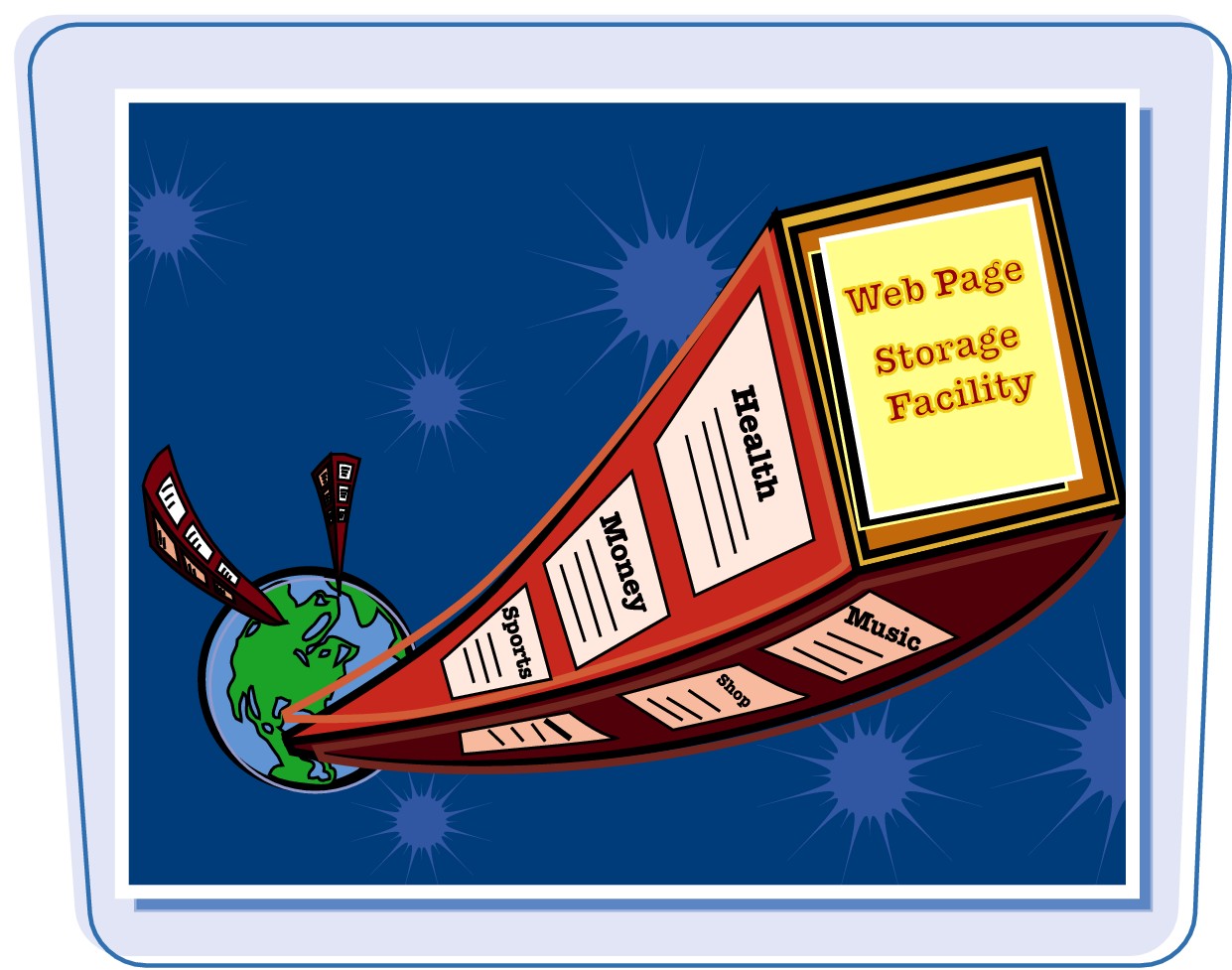
World Wide Web information is presented on Web pages that you download to your computer using a Web browser program, such as Internet Explorer. Each Web page can combine text with images, sounds, music, and even videos to present information on a particular subject. The Web consists of billions of pages covering almost every imaginable topic.
Web Site
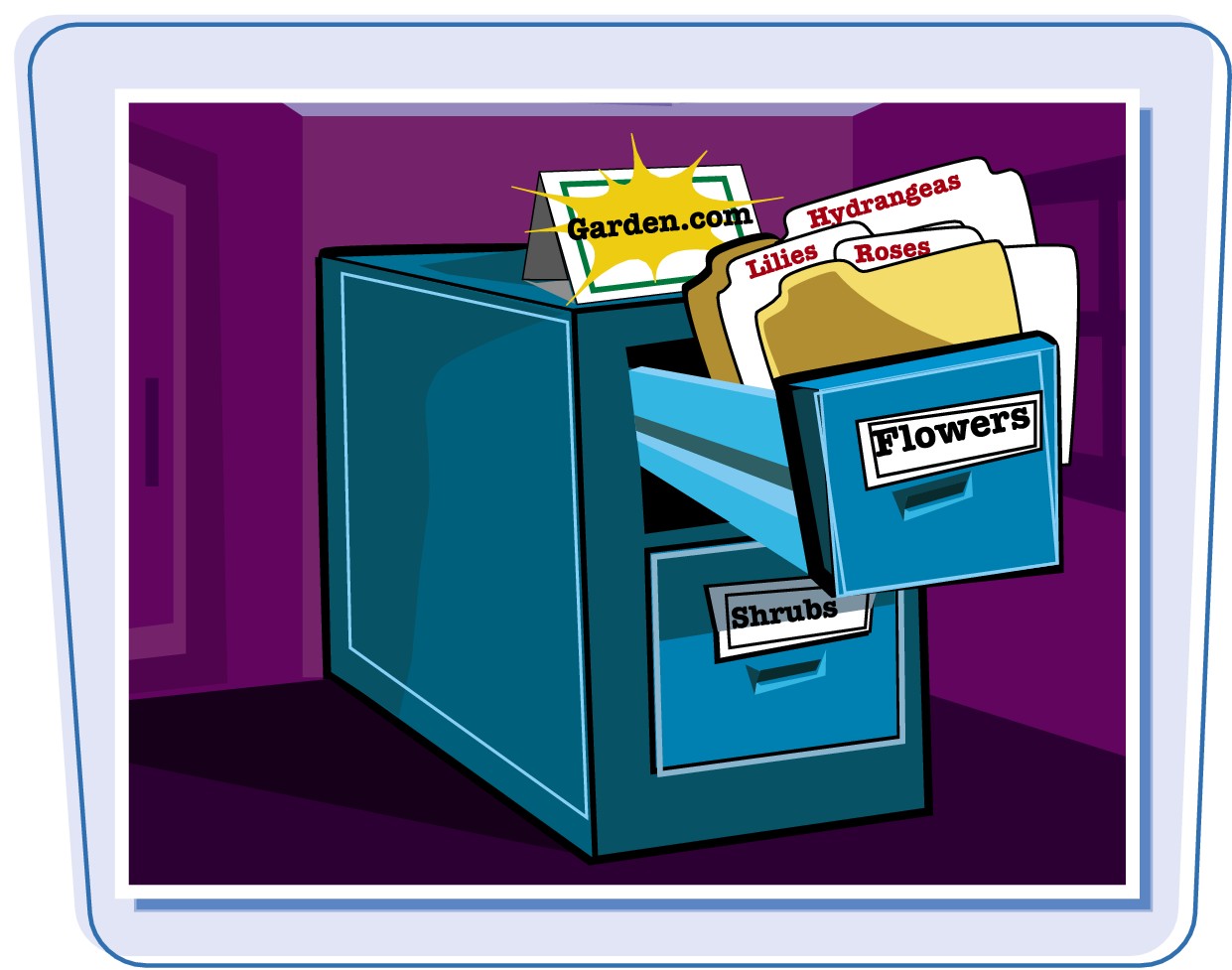
A Web site is a collection of Web pages associated with a particular person, business, government, school, or organization. Some Web sites deal with only a single topic, but most sites contain pages on a variety of topics.
Web Server
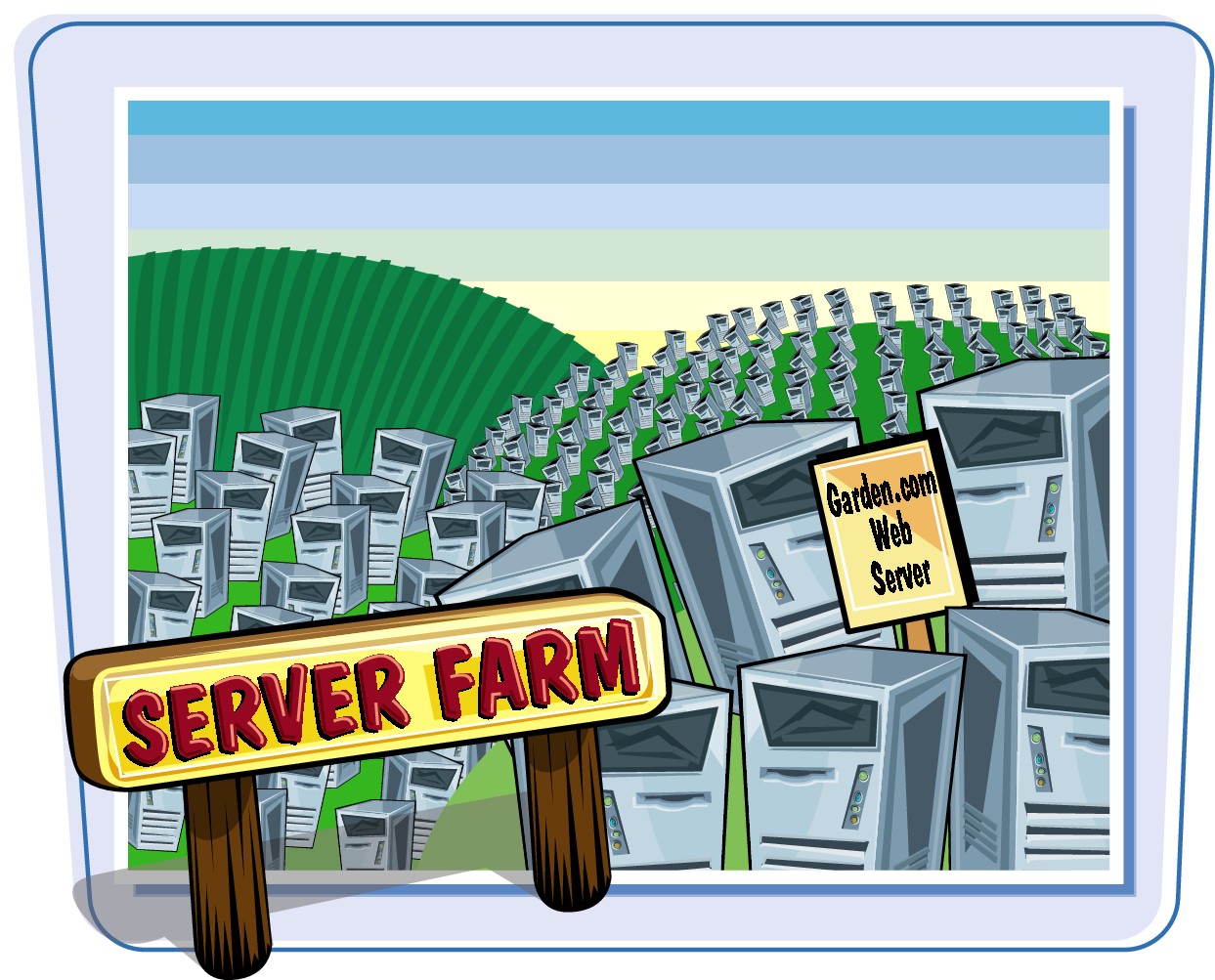
Web sites are stored on a Web server, which is a special computer that makes Web pages available for people to browse. A Web server is usually a powerful computer capable of handling thousands of site visitors at a time. The largest Web sites are run by server farms, which are networks that may contain dozens or even hundreds of servers.
Web Browser

A Web browser is a software program designed to download and display Web pages. Your operating system ships with a Web browser — Windows Vista comes with Internet Explorer 7 and Mac OS X comes with Safari — but there are other Web browsers that you can download, such as Firefox.
Links

A link is a kind of cross-reference to another Web page. A link can appear as text that is usually underlined and in a different color from the regular text on the page. A link can also appear as an image. When you click the link, the page loads into your Web browser automatically. The link can take you to another page on the same site or to a page on another Web site.
Web Address
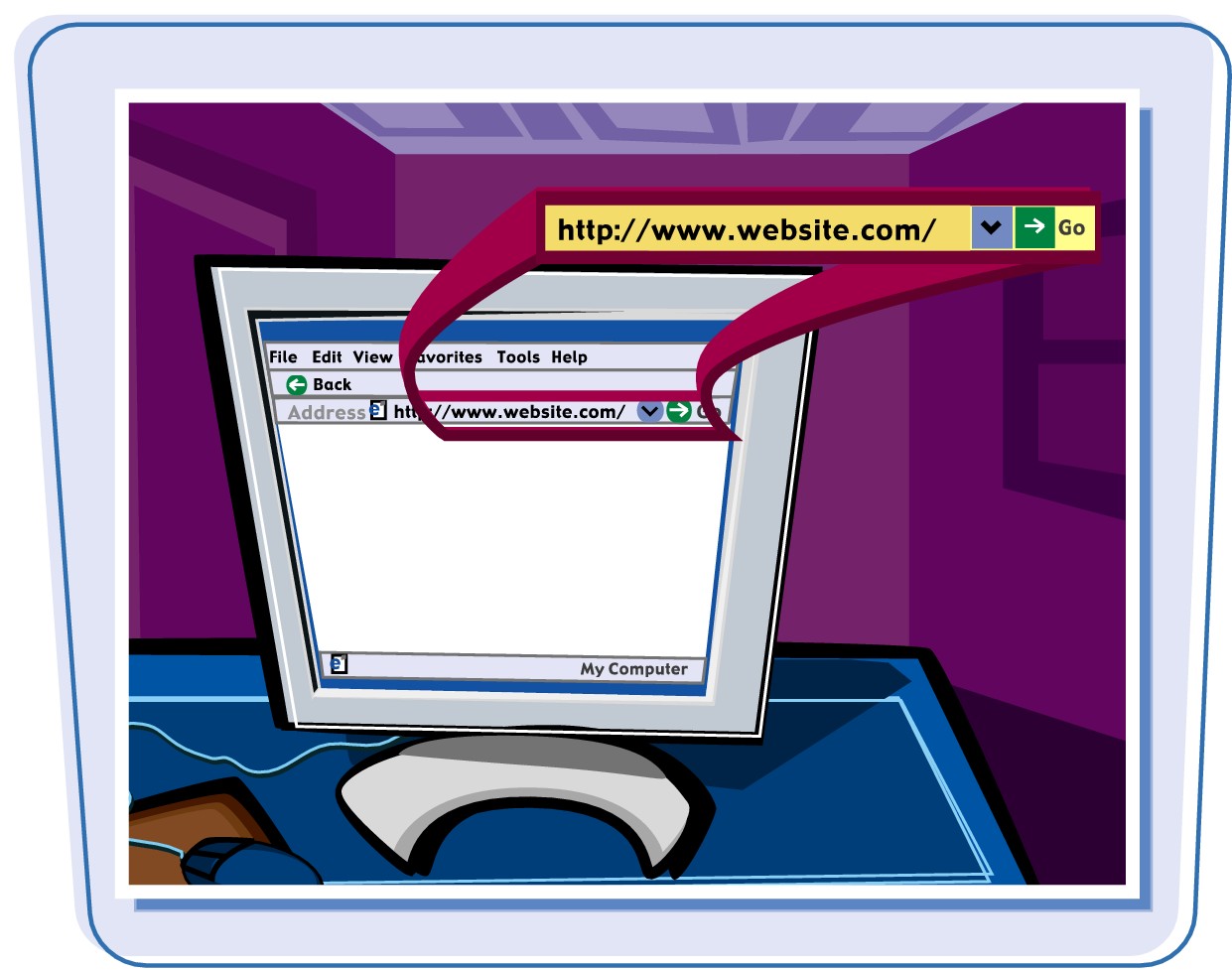
Every Web site and Web page has its own Web address that uniquely identifies the page. This address is the Uniform Resource Locator, or URL (pronounced yoo-ar-ell or erl). If you know the address of a page, you can type that address into your Web browser to view the page.
URL

The URL of a Web site or page is composed of four basic parts: the transfer method (usually http, which stands for HyperText Transfer Protocol), the Web site domain name, the directory where the Web page is located on the server, and the Web page filename.
The Web site domain name most often uses the .com (business) suffix, but other common suffixes include .gov (government), .org (nonprofit organization), and country domains such as .ca (Canada) and .uk (United Kingdom).
Learn About Web Browsers
You can easily surf the Web if you know your way around your Web browser.
Popular Web Browsers
Internet Explorer

Internet Explorer is the browser that comes with Windows Vista and most other versions of Windows, as well as some versions of OS X. Internet Explorer is the most popular Web browser. You can find updates and more information at www.microsoft.com/windows/ie/.
Safari

Safari is the browser that comes with the latest versions of OS X — OS X 10.3, code-named Panther, OS X 10.4, code-named Tiger, and OS X 10.5, code-named Leopard. (Previous versions used a Macintosh version of Internet Explorer.) You can find updates and more information at www.apple.com/macosx/.
Firefox

Firefox is a relatively new browser from the Mozilla Foundation. It is open-source software, which means that Firefox is a free program that was created through a collaborative effort by a community of programmers. Firefox is available for Windows and OS X at www.mozilla.org/products/firefox/.
Web Browser Features
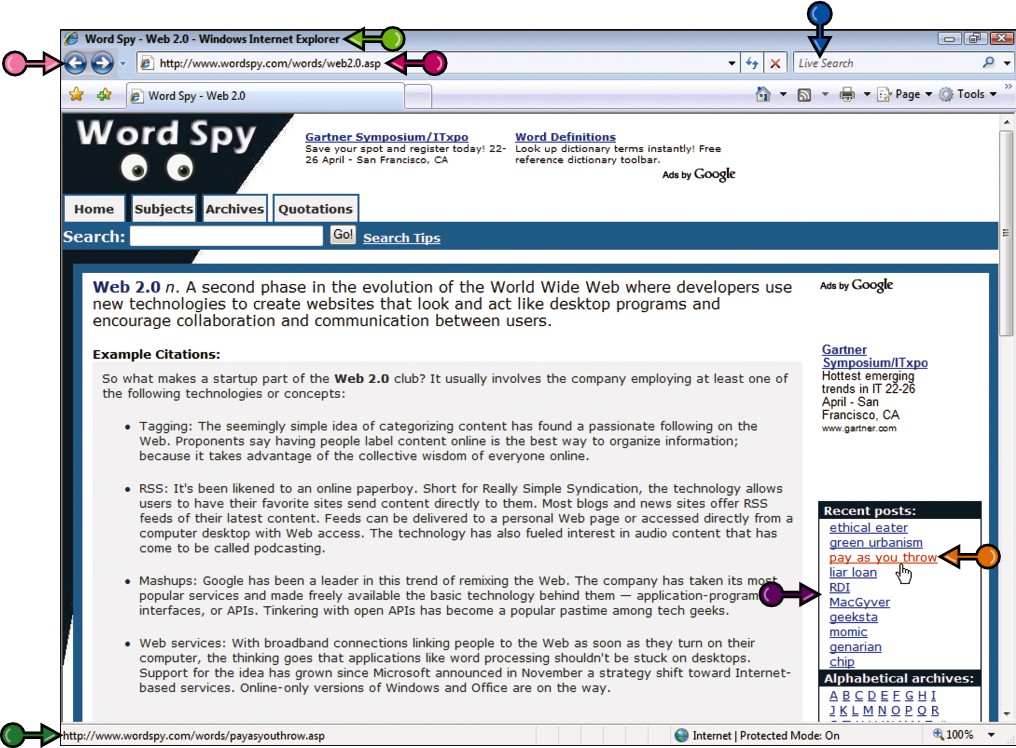
Web Page Title
The browser title bar displays the title of the displayed Web page.
Address Bar
This text box displays the address of the displayed Web page. You can also use the Address bar to type the address of a Web page that you want to visit.
Search Box
You use the Search box to locate pages on the Web.
Current Link
You are currently pointing with your mouse at this link. The mouse pointer changes from  to
to  . On some pages, such as the one shown here, the link text also becomes underlined and changes color.
. On some pages, such as the one shown here, the link text also becomes underlined and changes color.
Links
Links appear either as text or as images. On most pages, text links appear underlined and in a different color, usually blue, from the regular page text.
Navigation Buttons
Each Web browser has navigation buttons that enable you to move back and forth through recently visited pages. For example, with Internet Explorer, you can click Back ( ) to move to the previous page that you visited and click Forward (
) to move to the previous page that you visited and click Forward ( ) to move to the next page that you visited.
) to move to the next page that you visited.
Status Bar
This area displays the current status of Internet Explorer. For example, it displays Opening page when you are downloading a Web page, and Done when the page is fully loaded. When you point at a link, the Status bar displays the address of the page associated with the link.
Search the Web
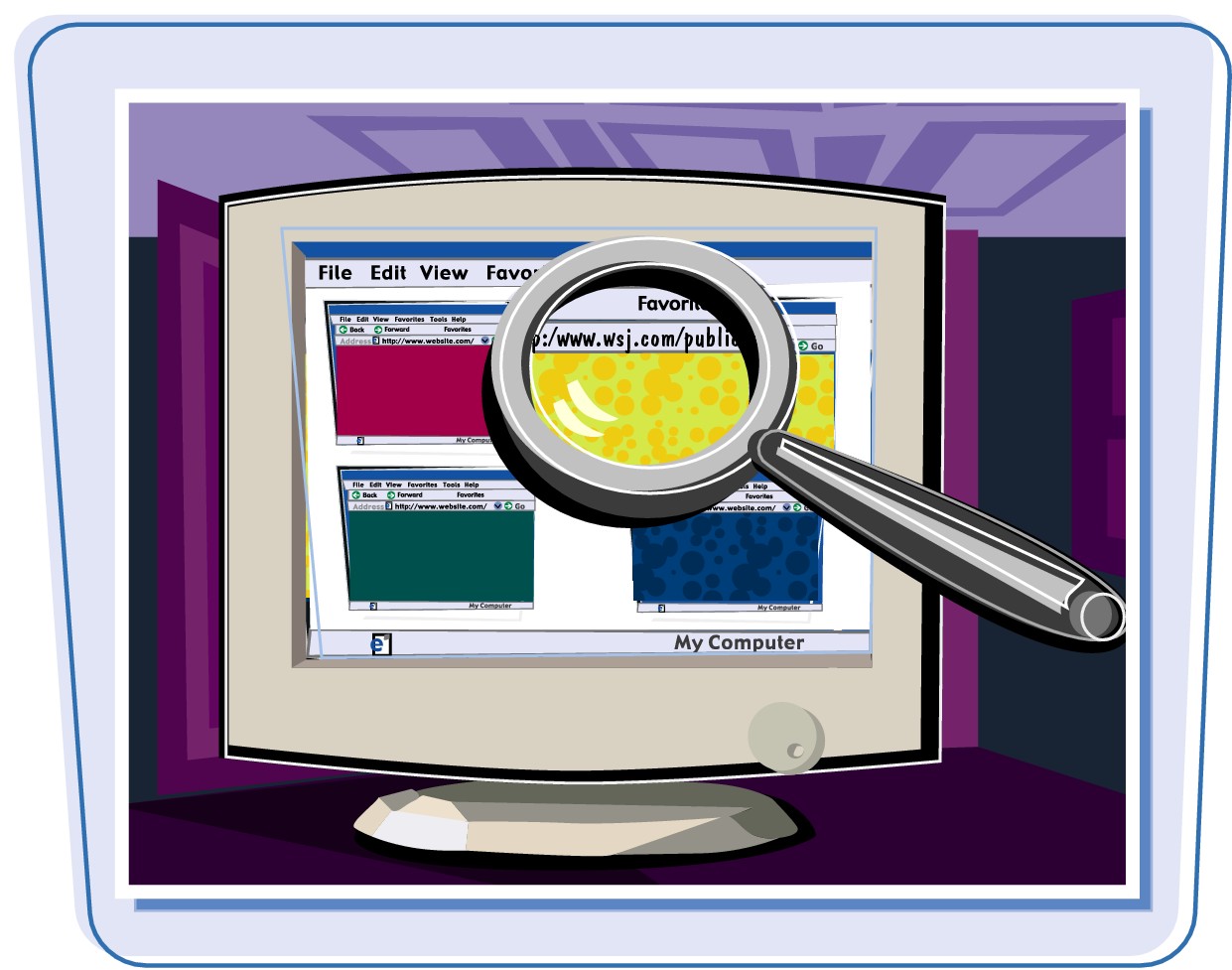
If you need information on a specific topic, there are free Web sites called search engines that enable you to quickly search the Web for pages that have the information that you require.
You can search the Web either by going directly to a search engine site or by using the search feature built into your browser.
Search Engine Sites
Here are the addresses of popular search engines:
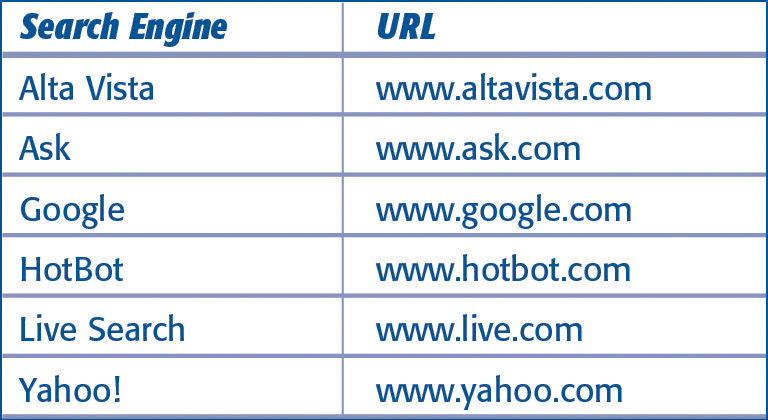
Web Browser Searching
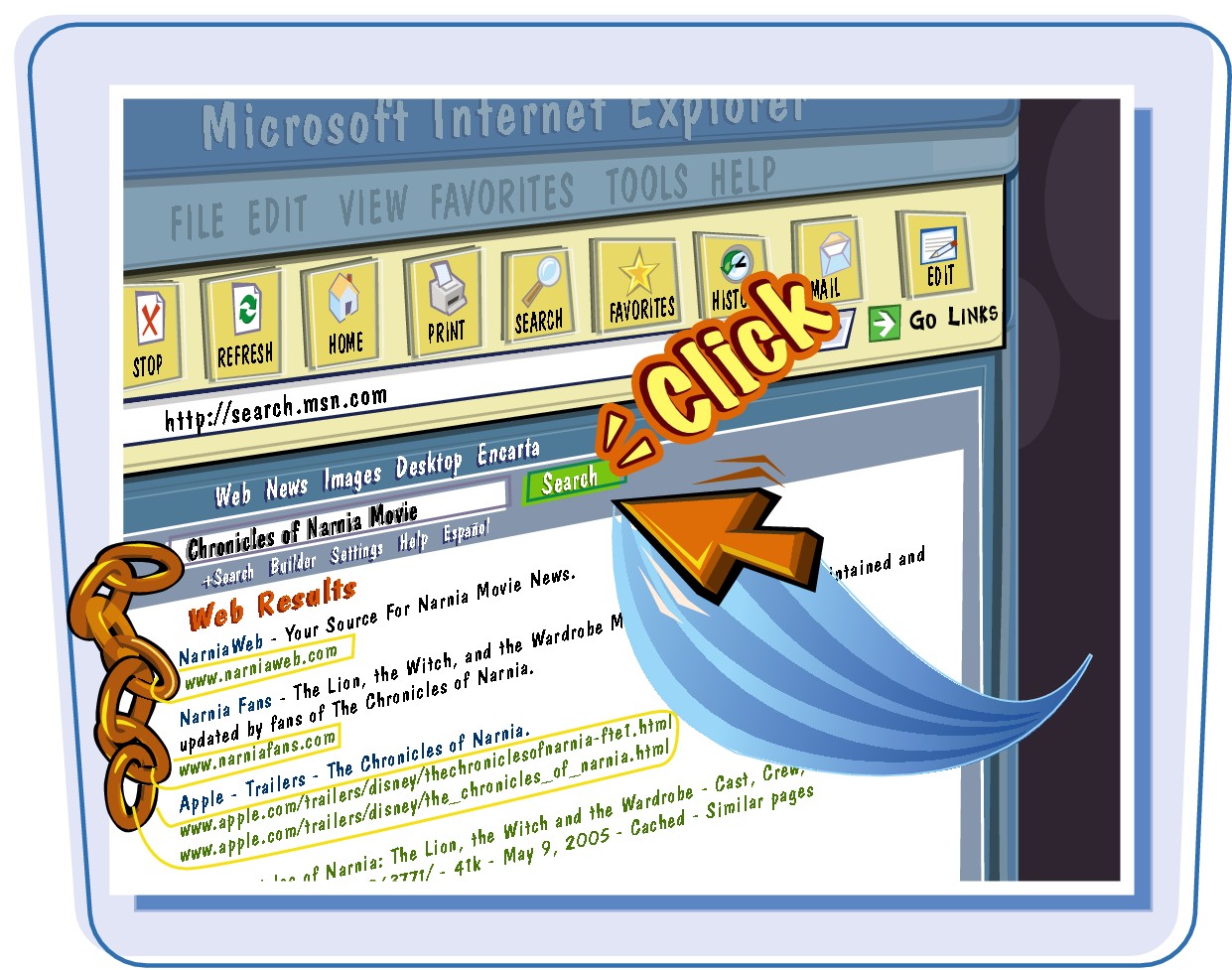
To search the Web from Internet Explorer, click inside the Search box, type a word, phrase, or question that you want to find, and then click  . In Safari, click inside the Google Search box, type your search text, and then press
. In Safari, click inside the Google Search box, type your search text, and then press  . The Web browser displays a list of links to sites that match your search text.
. The Web browser displays a list of links to sites that match your search text.
Web Crawler
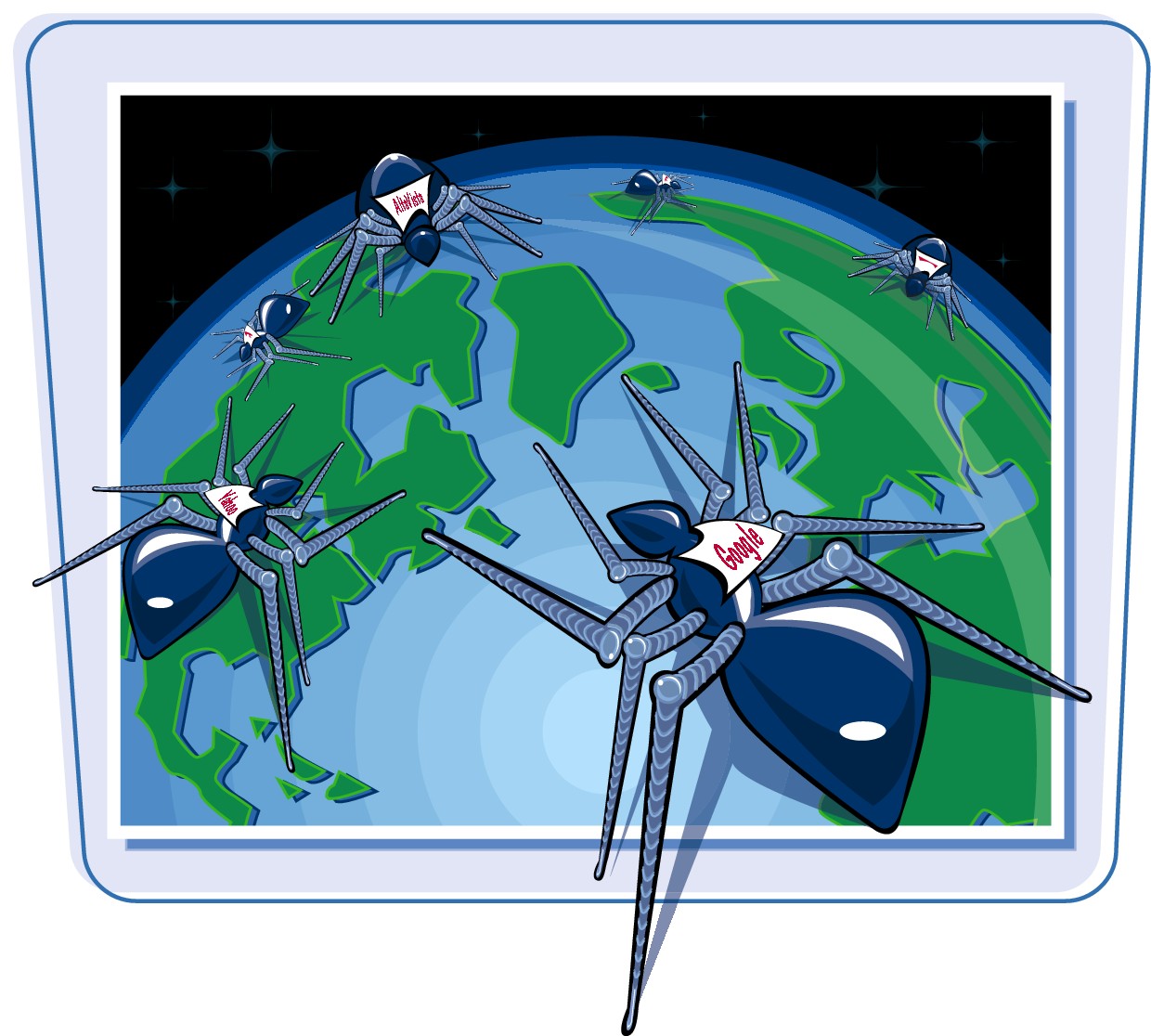
Search engines index the Web by using special programs called Web crawlers — also called spiders or robots — to catalog each Web page and its content. Most search engines also enable individuals to submit information about their Web pages. Google, the largest search engine, indexes several billion Web pages.
Search Strategies
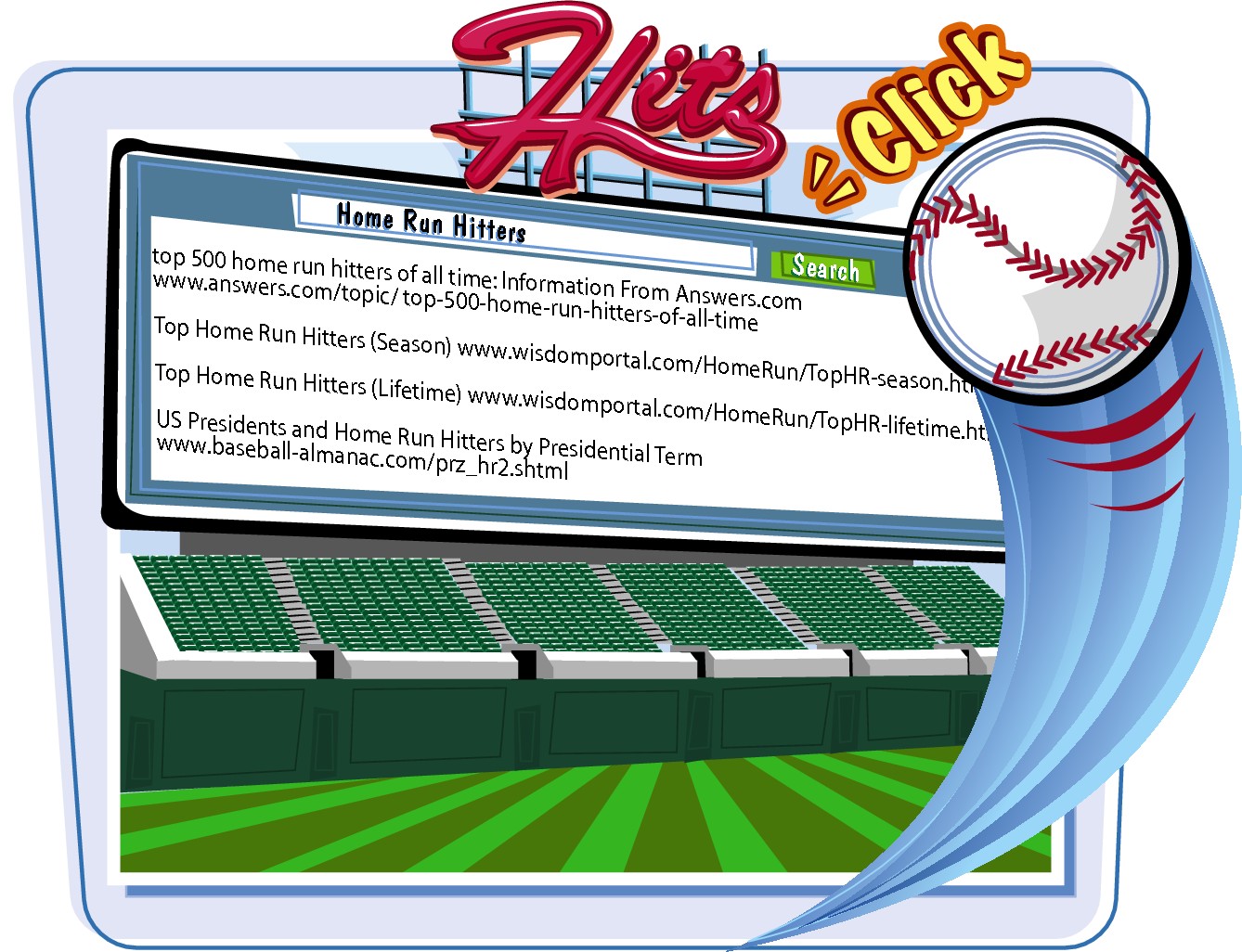
The Web is so large that simple, one-word searches often return tens of thousands of hits, or matching sites. To improve your searching, type multiple search terms that define what you are looking for. To search for a phrase, enclose the words in quotation marks. In addition, most search engines have advanced search capabilities that enable you to type several terms and find sites that match at least one of the terms.
Search Types
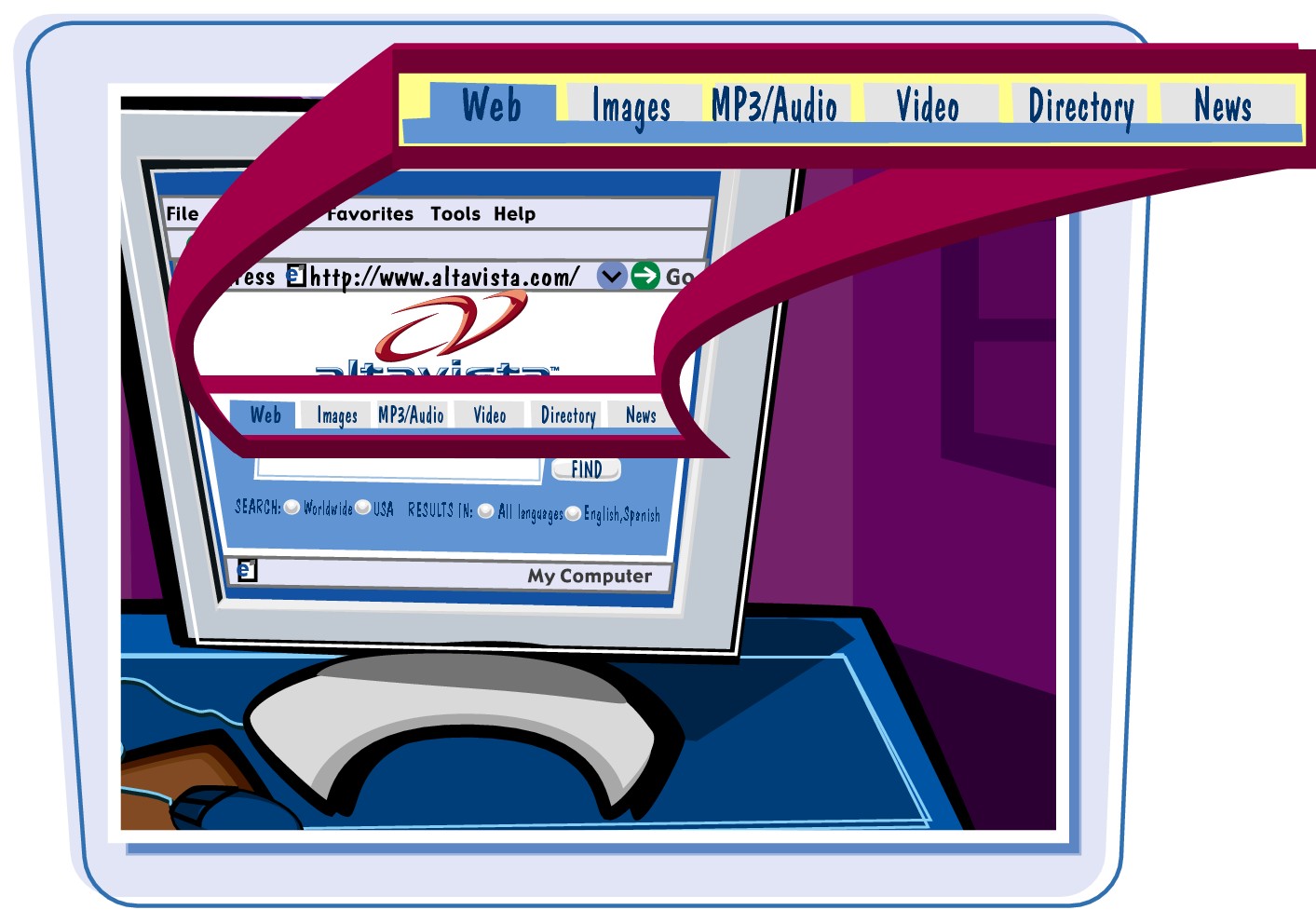
By default, search engines return links to those Web pages that match your search criteria. However, the Web is about more than just text. It also contains images, music and audio files, video files, and news. Most of the larger search engines enable you to search for these different types of content.
Subject Directory
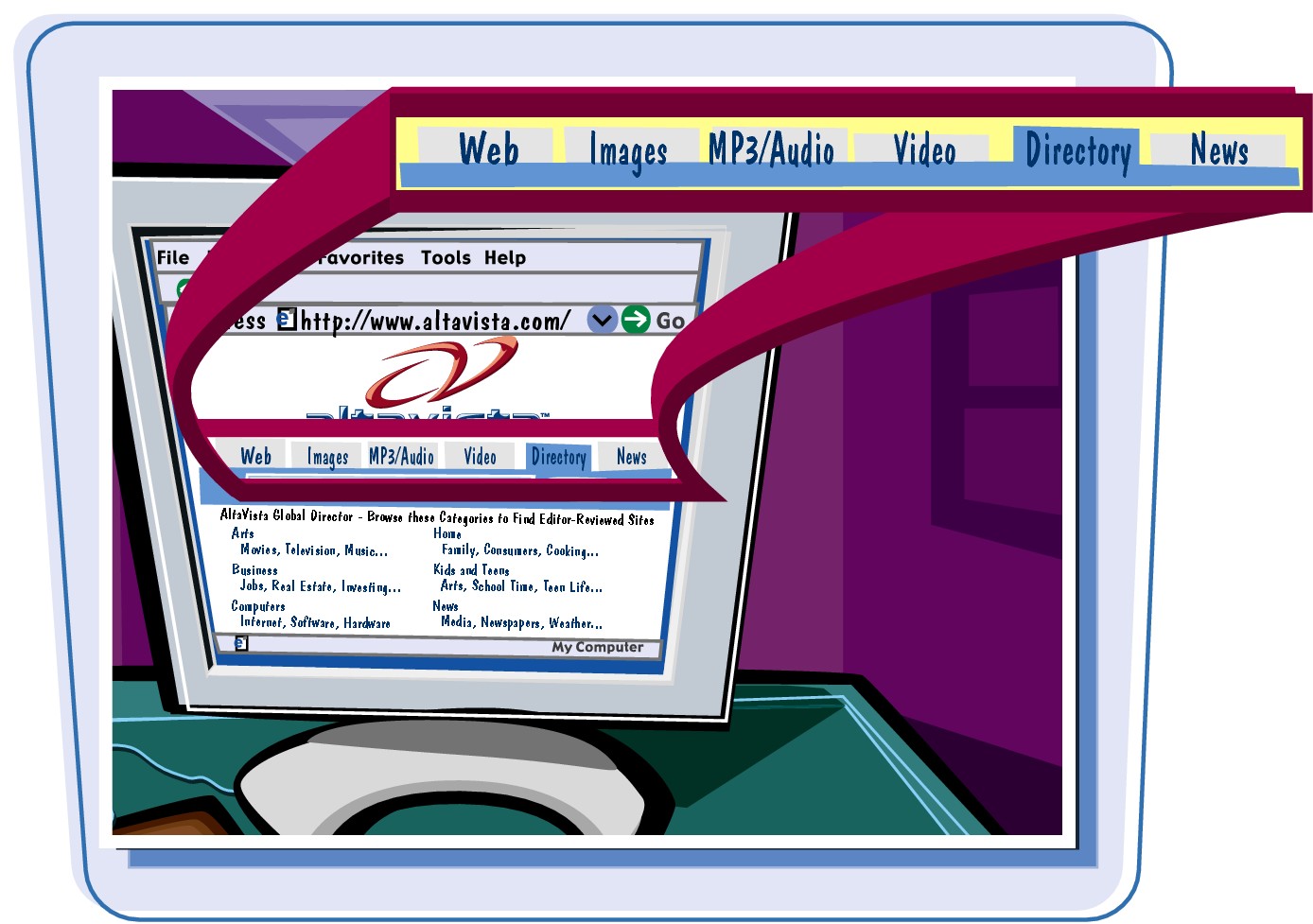
The Web is so large that many search engines have Web site directories that list sites by subject (such as Arts, Business, or Science). To ensure the quality of the information contained on each site, employees of the search engine usually review the sites listed in these subject directories.
Read News on the Web
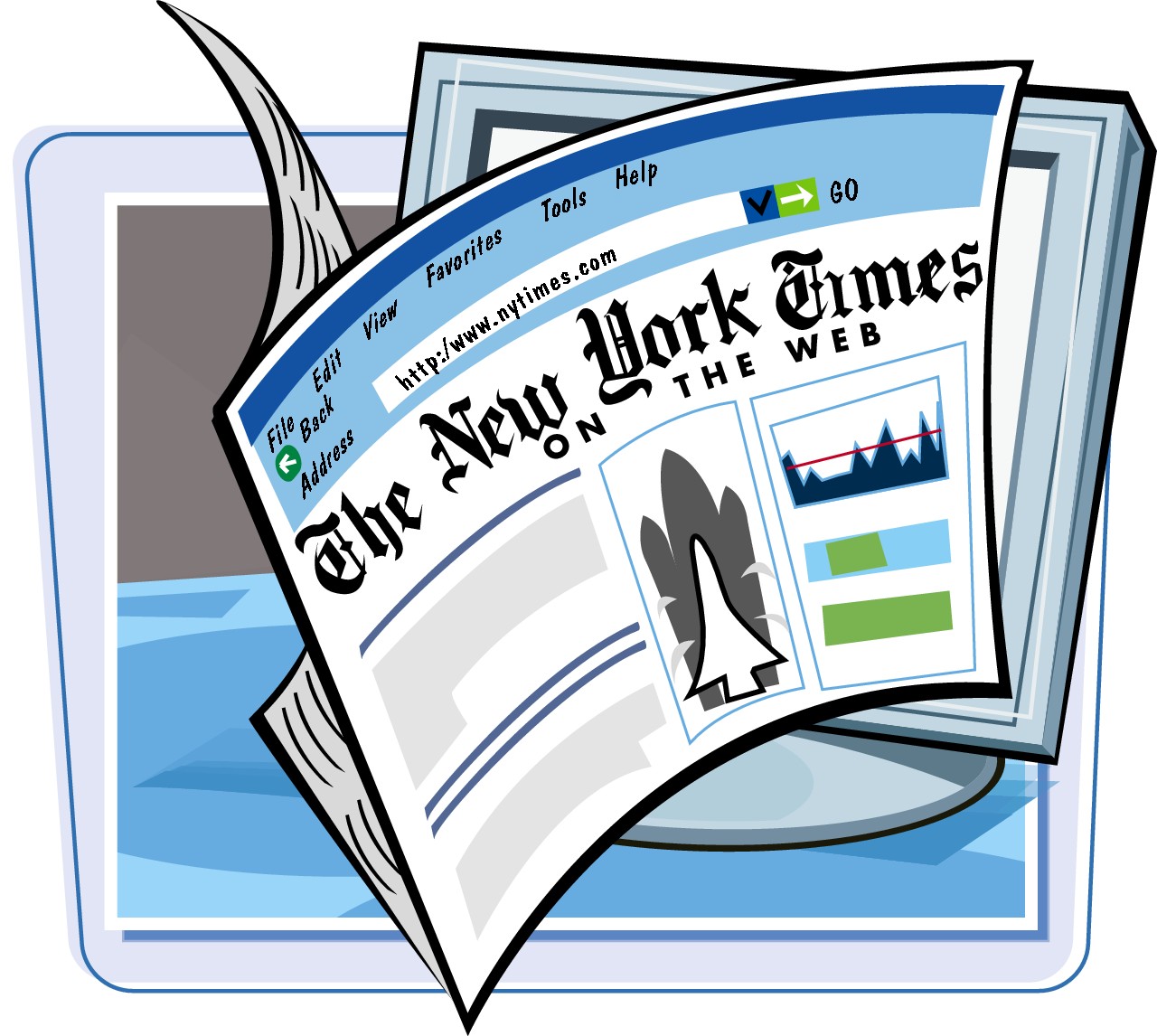
The Web is home to many sites that enable you to read the latest news. For example, many print sources have Web sites, some magazines exist only online, and there are more recent innovations such as Web logs.
Newspapers and Magazines

Print media such as newspapers and magazines have embraced the Web as a way to augment their traditional business. Some companies have Web sites with up-to-the-minute stories, while others use their sites just as archives of previously published stories. Some media sites require that you register in order to access the articles, but on most sites, the registration is free.
Online Magazines
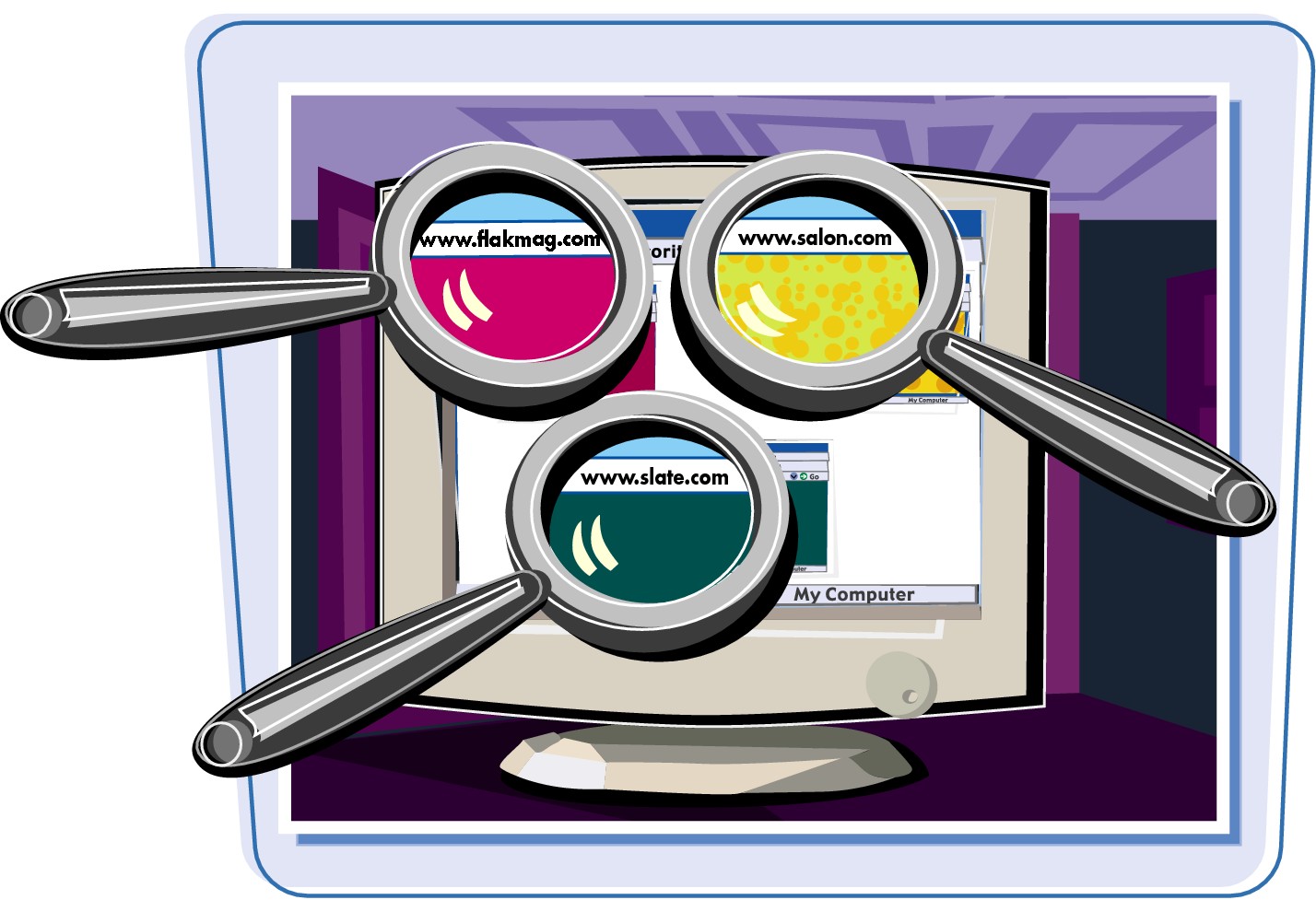
A number of Web news sources exist only as online magazines, also called e-zines. The best of these online publications offer a wide variety of content and excellent writing. Some of the best are Salon (www.salon.com), Slate (www.slate.com), and Flak (www.flakmag.com).
Web Logs
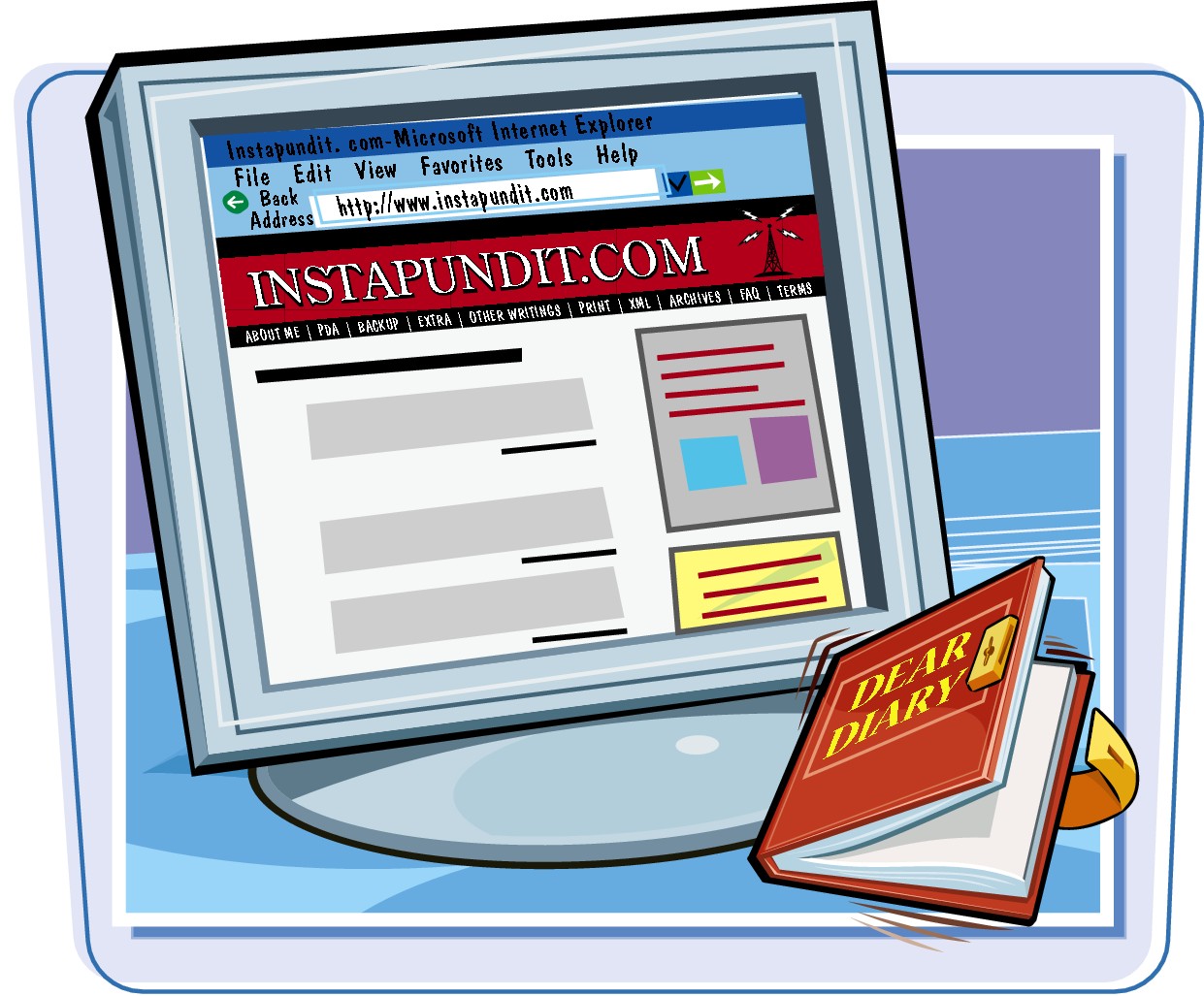
A Web log, or blog, is a Web page consisting of frequently updated, reverse-chronological entries on a particular topic. Some blogs are mere diaries or lists of interesting links, but many have a news focus, particularly news on politics, such as Instapundit.com, and technology, such as TechCrunch (www.techcrunch.com).
News Portal
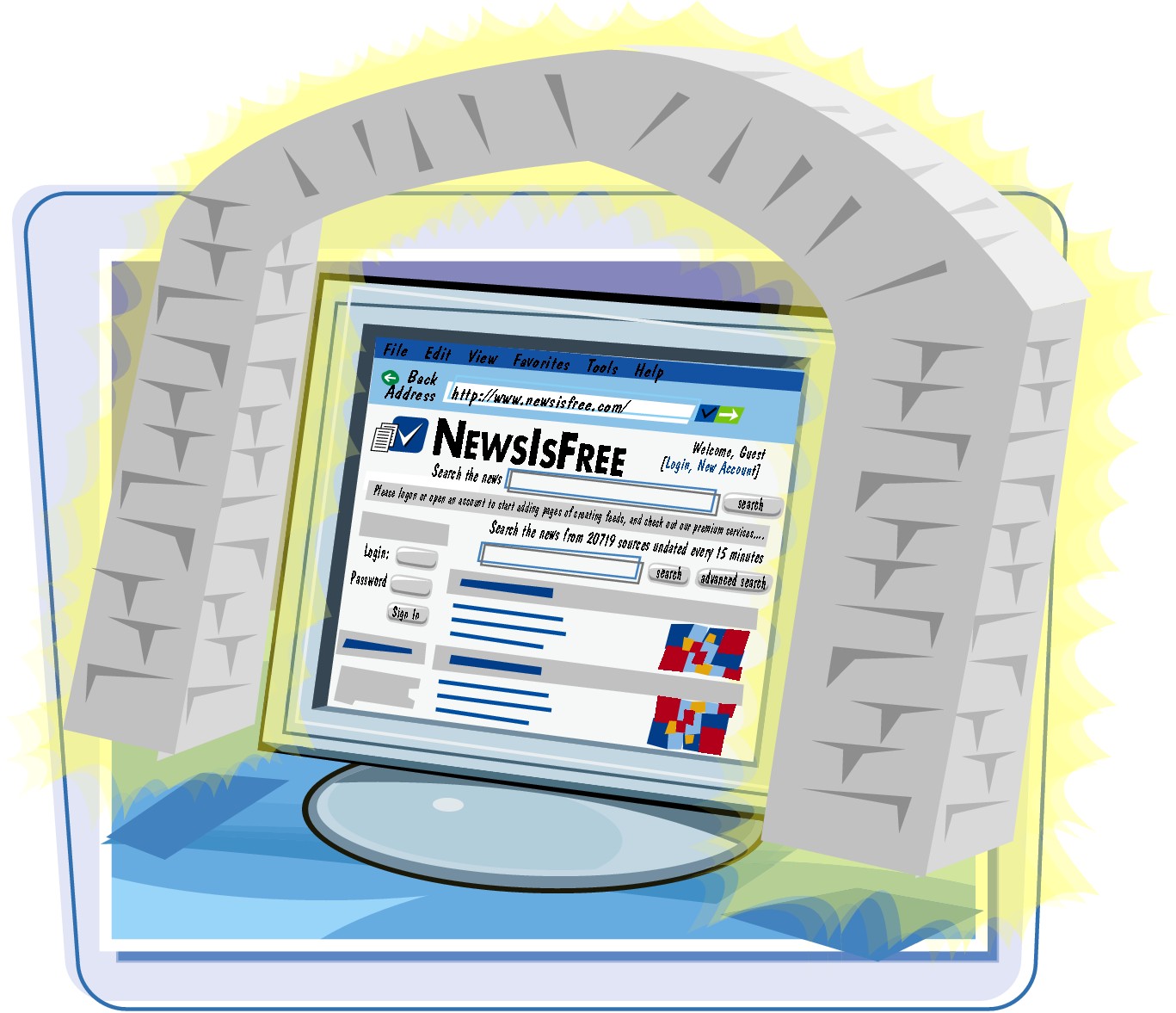
A news portal is a Web site that gathers news from hundreds or even thousands of online sources. You can then search the news, browse headlines, and view news by subject. Two popular news portals are NewsIsFree (www.newsisfree.com) and NewsNow (www.newsnow.co.uk). The major search engines also maintain news portals, such as Google News (news.google.com).
Syndication

Rather than surfing to a Web media site or news portal, you can have articles and news headlines sent to you. Many news sites use syndication, which enables a special program called an aggregator — also called an RSS reader (RSS is short for Real Simple Syndication) — to display the syndicated content. Firefox and the latest versions of Internet Explorer and Safari have aggregators built in.
Research Using the Web
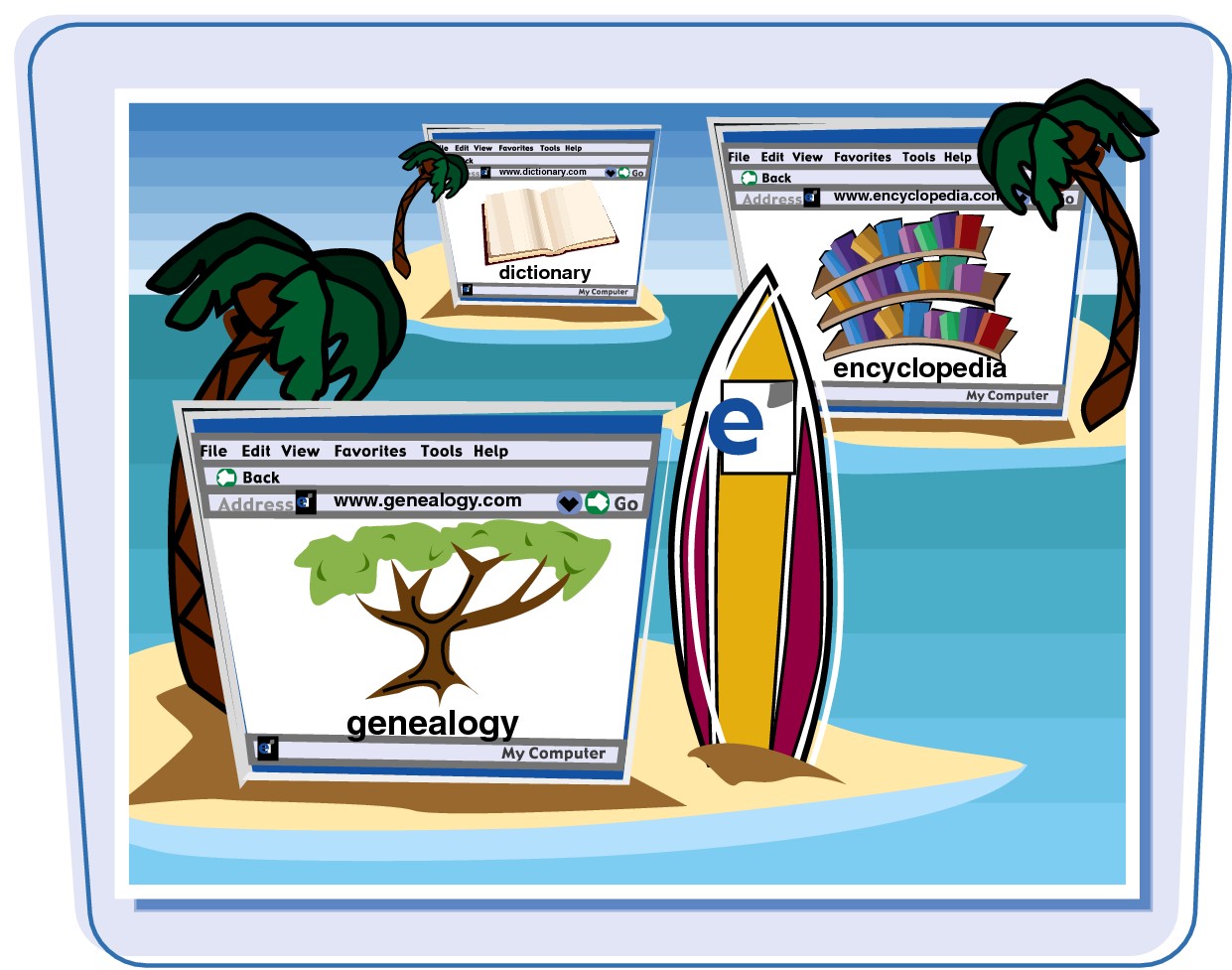
You can use the Web’s vast resources to research just about any topic you can think of. The Web has information that can help you with a school project, your family history, or a presentation at work. You can search for the data that you need, or go to specific research sites.
Be aware that not all of the information on the Web is factual or useful. Sites often have inaccurate or deliberately misleading data. In general, stick to large, reputable sites.
Reference Materials

Sites such as Encarta (encarta.msn.com) and Britannica (www.britannica.com) offer multiple online research tools, including encyclopedias, dictionaries, and atlases. The Web is also home to thousands of sites that offer almanacs, maps, and thesauruses.
Libraries and Museums

Many public and private libraries maintain Web sites that enable you to search their catalogs, access their digital archives, and order books. There are also online libraries, such as the Internet Public Library (www.ipl.org), that catalog Internet sites. Many museums are also online, offering articles and interactive exhibits.
Government Resources
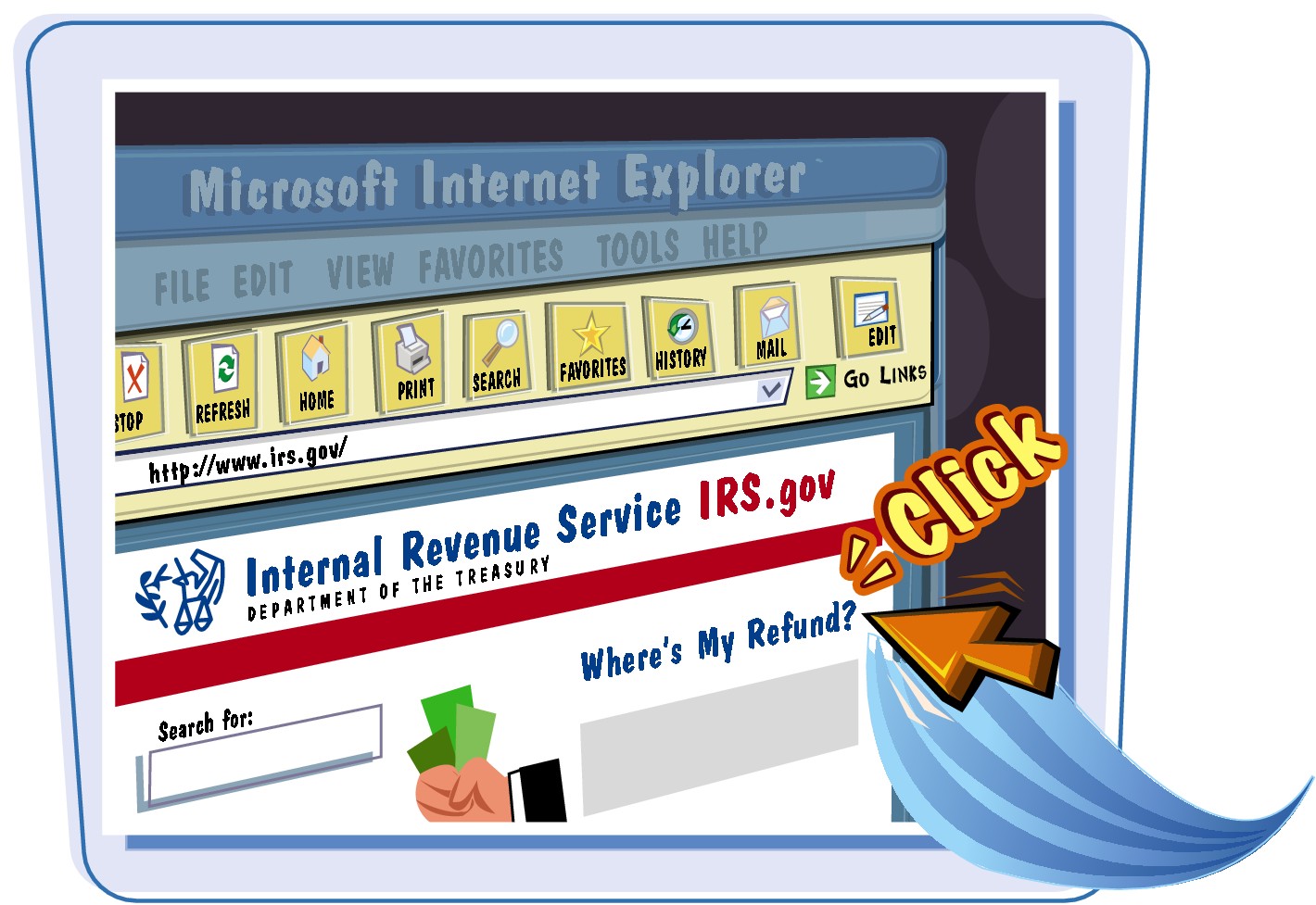
Federal, state, and municipal government Web sites contain a wealth of information on a wide variety of topics. Depending on the level of government, you can use these sites to research trends, statistics, regulations, laws and bylaws, patents, and trademarks. Most government sites also offer articles, papers, essays, and learning kits.
People and Genealogy

If you are trying to find a person, the Web has hundreds of sites that enable you to search for phone numbers, postal and e-mail addresses, and old classmates. If you are trying to find your ancestors, the Web also boasts hundreds of genealogy sites. Either you can search directly using online resources such as birth and death records, or you can use dedicated genealogy sites such as Ancestry.com and Genealogy.com.
Ask an Expert

Hundreds of millions of people access the Web, and many of them are experts on one or more topics. You can find many of these experts at “Ask an Expert” sites that enable you to pose questions that experts in the field will answer. Although some sites require a fee, many sites are free, including AllExperts (www.allexperts.com) and Yahoo! Answers (http://answers.yahoo.com).
Buy and Sell on the Web

E-commerce is the online buying and selling of goods and services. It is a big part of the Web. You can use Web-based stores to purchase books, theater tickets, and even cars. There are also many sites that enable you to sell or auction your products or household items.
There are many advantages to e-commerce. For buying, you have the convenience of shopping at home, easily comparing prices and features, and having goods delivered to your door. For selling, the Web offers low overhead and a potential audience of millions of people.
Buying on the Web
Online Shopping
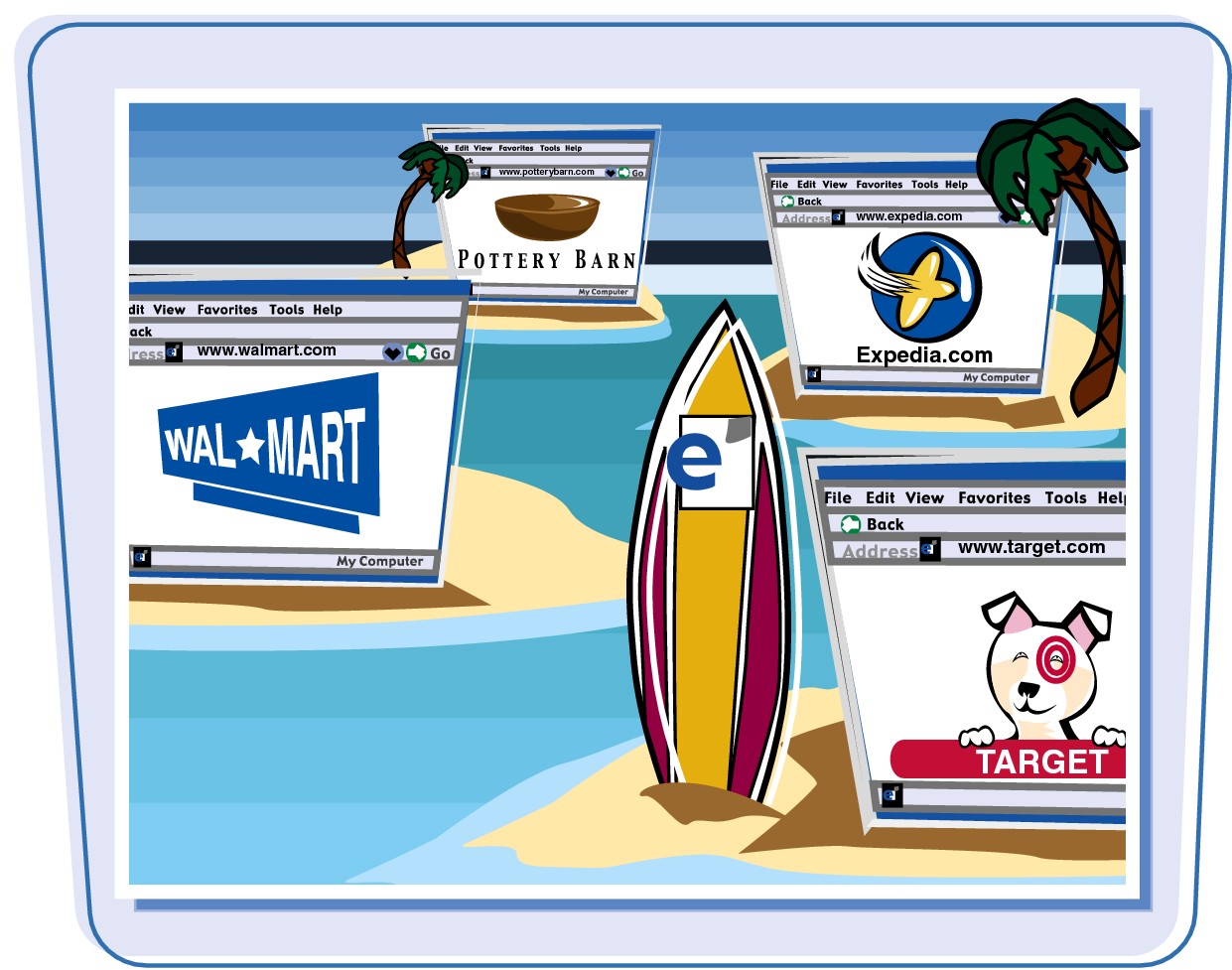
There are thousands of Web sites devoted to online shopping. Some, like Expedia Travel (www.expedia.com), focus on one product or service, while others, such as Amazon.com (www.amazon.com), offer a wide range of goods. You can also find Web sites for traditional retailers such as Wal-Mart and Pottery Barn, and many manufacturers enable you to purchase goods directly through their Web sites.
Shopping Cart

When you shop at an e-commerce site, you usually add the items that you want to purchase to a virtual shopping cart — also called a shopping basket — that keeps track of these items and the quantity. Most sites have a View Cart link that enables you to view the contents of your shopping cart. The cart usually has a Proceed to Checkout link that leads you to a page where you provide your address and payment information.
Product Reviews

If you plan to make a purchase, whether it is a computer, a car, or a vacation, you can use the Web to research the product beforehand. There are sites devoted to product reviews by consumers, such as Epinions (www.epinions.com); reviews by companies, such as the J.D. Power Consumer Center (www.jdpower.com); and government resources, such as the Federal Citizen Information Center (www.pueblo.gsa.gov).
Site Security
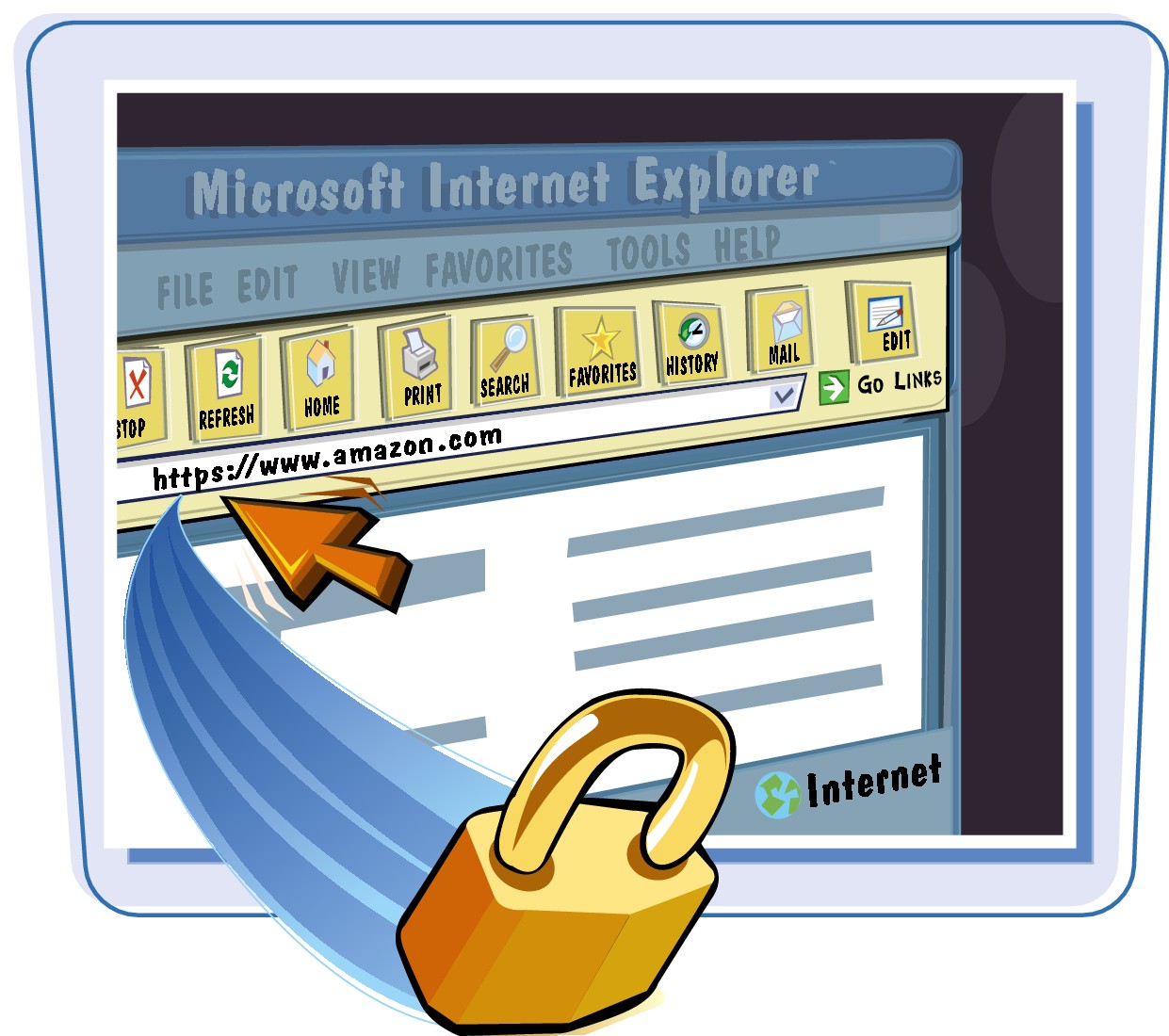
Purchasing anything on the Web requires that you provide accurate payment data, such as your credit number and expiry date. To ensure that this sensitive data does not fall into the wrong hands, only provide this payment data on a secure site. Your browser may tell you when you are entering a secure site. Otherwise, look for “https” instead of “http” in the site address, and look for a lock icon in the browser window.
Selling on the Web
Virtual Store

Many Web companies offer e-commerce hosting to enable you to set up your own online store. Sites such as Yahoo! Small Business (http://smallbusiness.yahoo.com) and FreeMerchant (www.freemerchant.com) offer tools, storage space, and expertise to build and promote your store.
Online Auction
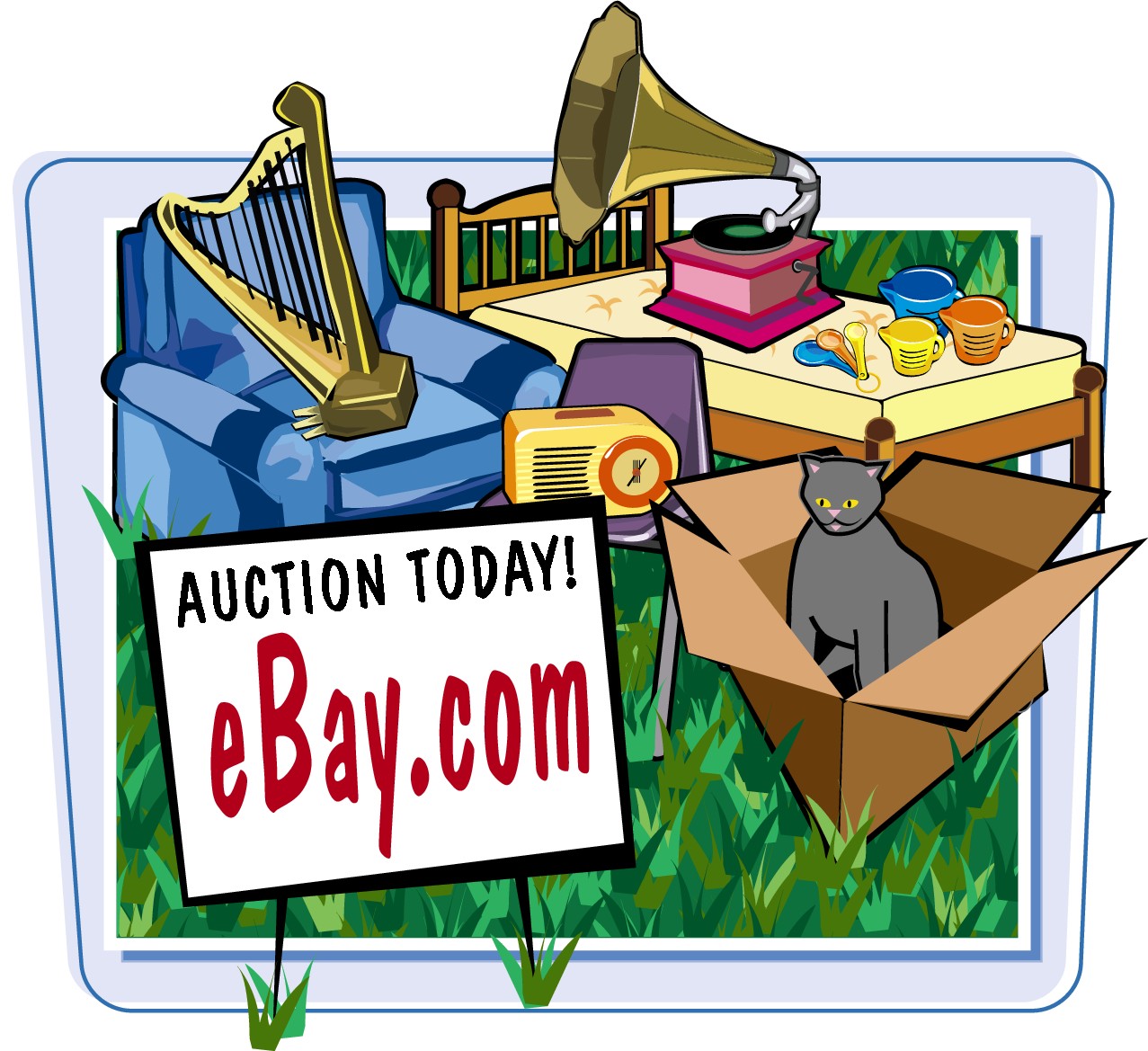
If you make your own products or have household items that you no longer need, you can put them up for sale in an online auction. By far, the most popular general online auction site is eBay (www.ebay.com), but there are also thousands of auction sites devoted to specific items, such as cars or memorabilia. Many auction sellers accept payment through the PayPal service (www.paypal.com), which transfers buyer credit card payments to your bank account.
Socialize on the Web

The Web offers many opportunities to socialize, whether you are looking for a friend or a date, or you just want some good conversation.
The Web is generally a safe place to socialize but, as in the real world, you should observe some common-sense precautions. For example, arrange to meet new friends in public places, supervise all online socializing done by children, and do not give out personal information to strangers.
Meet Friends
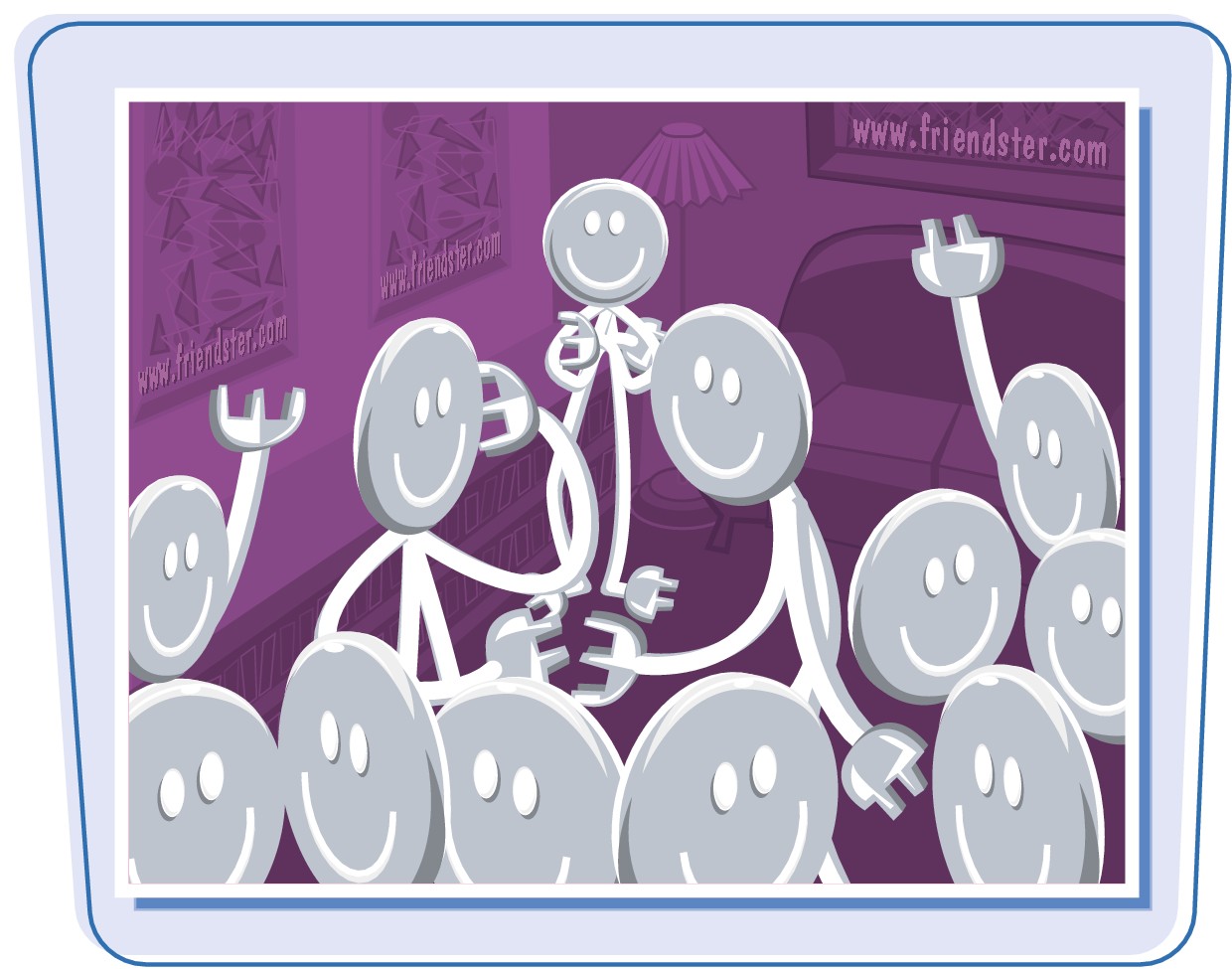
If you are looking to meet new friends, either for the social contact or to expand your network, the Web has sites such as MySpace (www.myspace.com) that enable you to meet people with common interests. Two other popular sites are Friendster.com and LinkedIn (www.linkedin.com), where you can meet new friends through your existing network of friends.
Find Dates

There are hundreds of online dating services that cater to all kinds of people looking for all kinds of relationships. Two of the most popular online dating sites are Lavalife (www.lavalife.com) and Match.com. There are also many sites devoted to specific types of people and relationships.
Discussion Boards
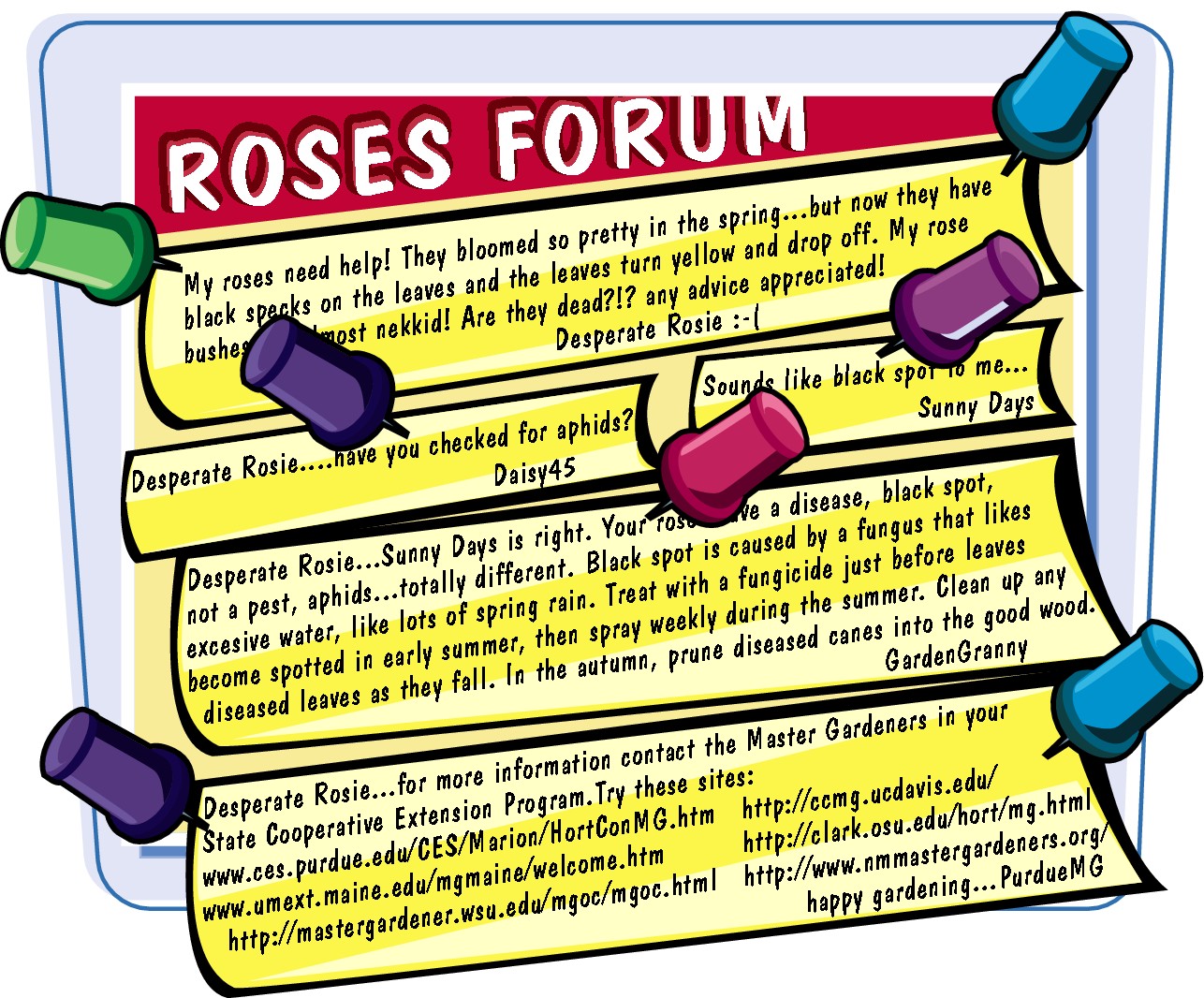
Many Web sites offer discussion boards, which are also called message boards or forums. These sections within the site enable visitors to post messages that are displayed on the site for others to see and to reply to. Some discussion boards deal with the site or company, such as the discussion boards on the eBay site, while others cover a particular subject, such as the numerous gardening forums hosted by GardenWeb.com.
Chat Rooms

A chat room is a section on a Web site in which visitors can exchange typed messages in real time. Depending on the popularity of the site, a chat room can contain anywhere from a few people chatting to a few dozen. Many chat services also enable you to switch to a “private” chat room for one-on-one discussions.
Pen Pals

In the real world, a pen pal is a person with whom you exchange letters. In the online world, a pen pal is someone with whom you exchange e-mail messages. Because e-mails are typed, online pen pals are sometimes called keypals. You can use the Web to find online pen pals, particularly for children. For example, see the KeyPals Club International (www.worldkids.net/clubs/kci/) and ePALS (www.epals.com).
Create Your Own Web Site
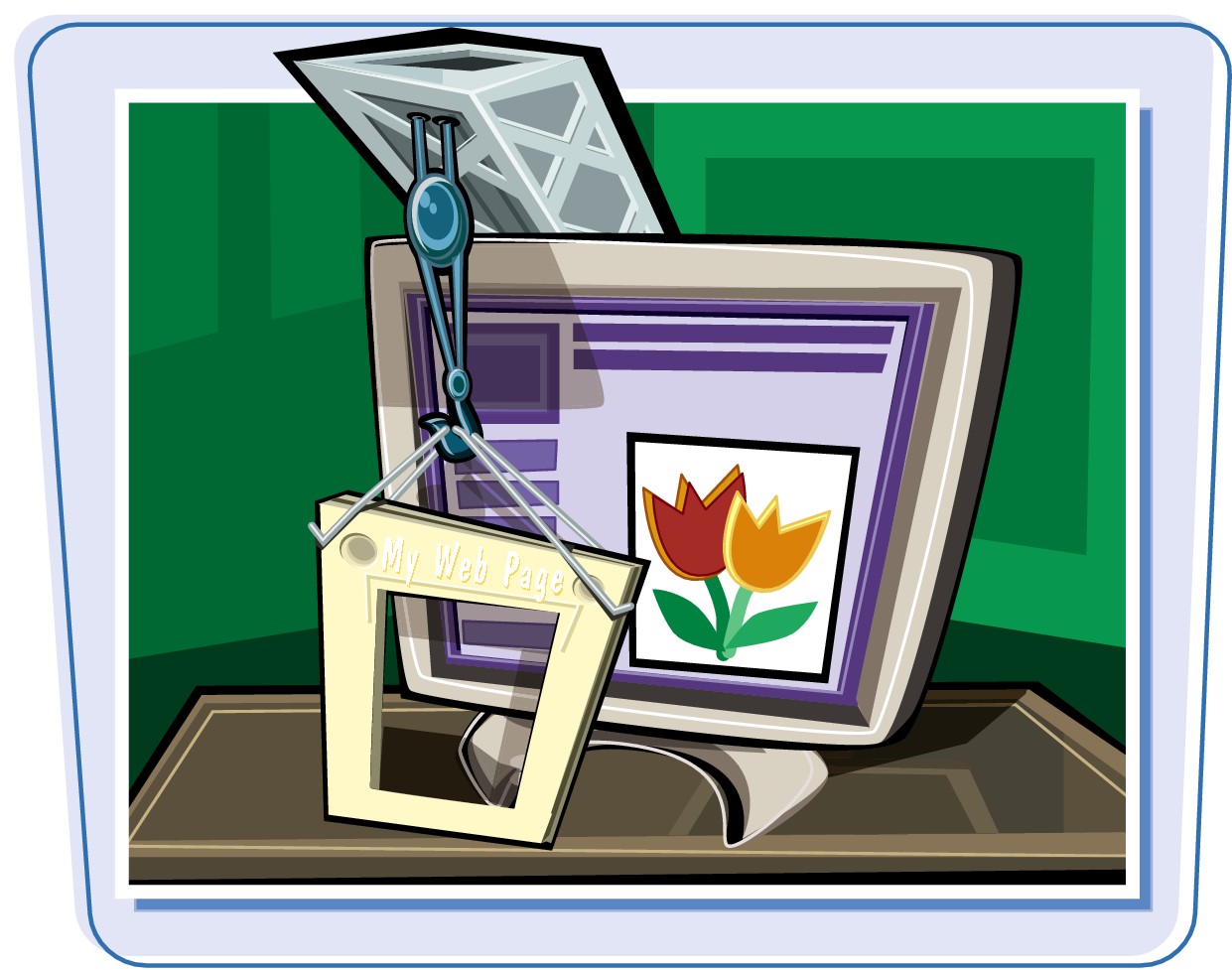
You can create your own Web site by building Web pages and then publishing them on the Web.
To publish your Web pages, you need to set up an account with a Web-hosting provider, which is a company that offers space to store Web pages, as well as a Web server to display your pages to visitors who request them.
Choose a Topic

The most successful personal Web sites are those that focus on one or two topics. If you have recently taken a trip, or if you have a hobby, a passion, a favorite sport, artistic talent, or something else that you want to share with the world, build your site around that topic. Many people also build Web sites to share family news and photos with friends and other family members.
Web Page Editor
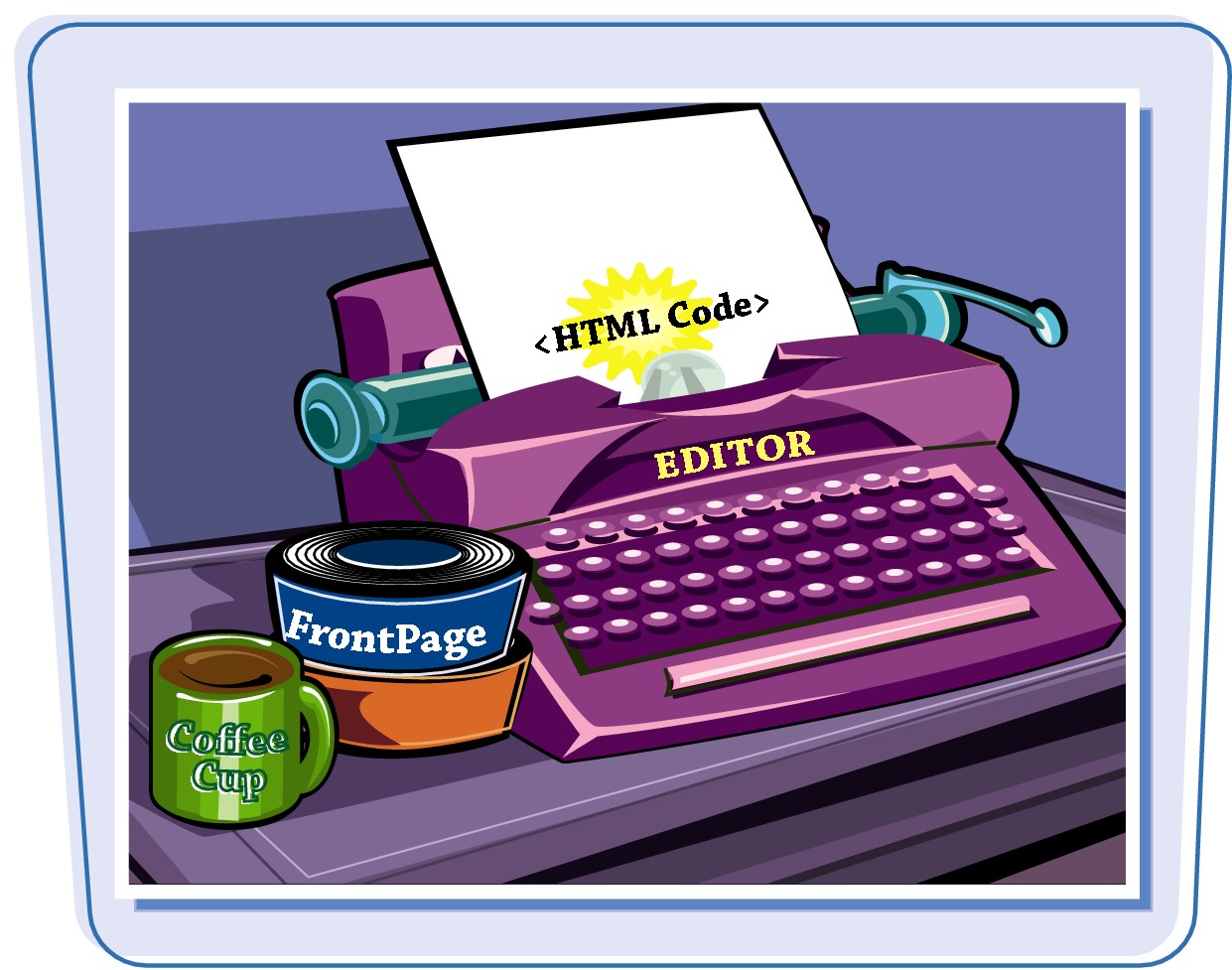
To build a Web page, you need a program called a Web page editor, also called an HTML editor (HTML stands for HyperText Markup Language, the code behind each Web page). Popular Web page editors include the CoffeeCup, available from www.coffeecup.com, and Macromedia HomeSite, available from www.adobe.com/products/homesite/.
Choose a Web-Hosting Provider
Storage Space

Storage space refers to the amount of room allotted to you on the host’s Web server to store your files. If you have a 1MB limit, then you cannot store more than 1MB worth of files on the server. HTML files are not big, but graphic files can be, and so you need to watch your limit. Generally, the more you pay for a host, the more storage space you acquire.
Bandwidth
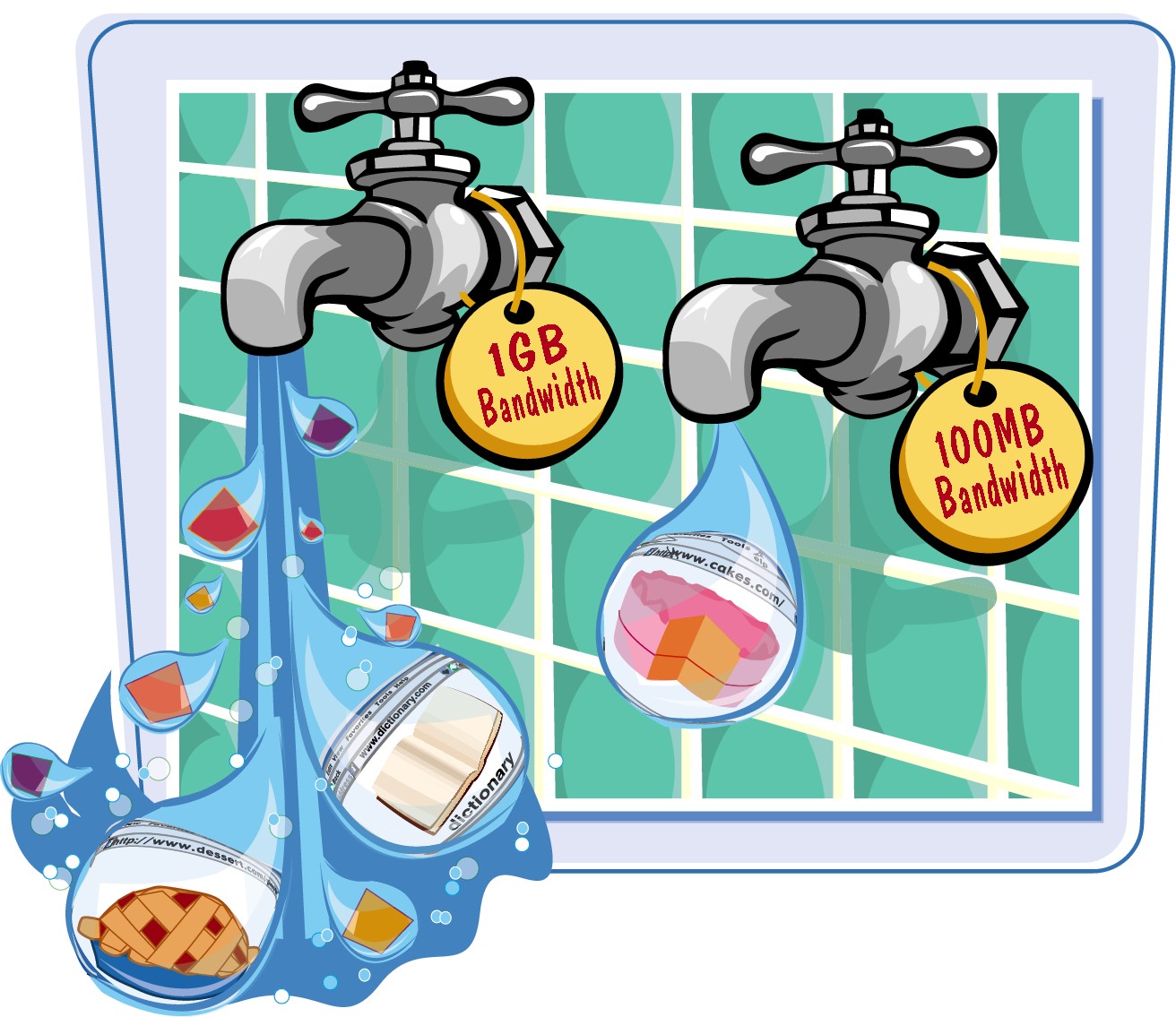
Bandwidth is a measure of how much of your data the server sends out. For example, if you have a page that is 10KB, including images, and 10 people access the page (either at the same time or over a period of time), the total bandwidth is 100KB. Most hosts give you a bandwidth limit (or cap), which is usually a specified number of megabytes or gigabytes per month.
Domain Name

A domain name is a general Internet address, such as microsoft.com or whitehouse.gov. Most Web hosts supply a domain name. There are two types of domain names available. One type is a regular domain name, such as mydomain.com. The other type is a subdomain name, such as mydomain.webhostdomain.com, where “webhostdomain.com” is the domain name of the Web-hosting company.
Blog Host
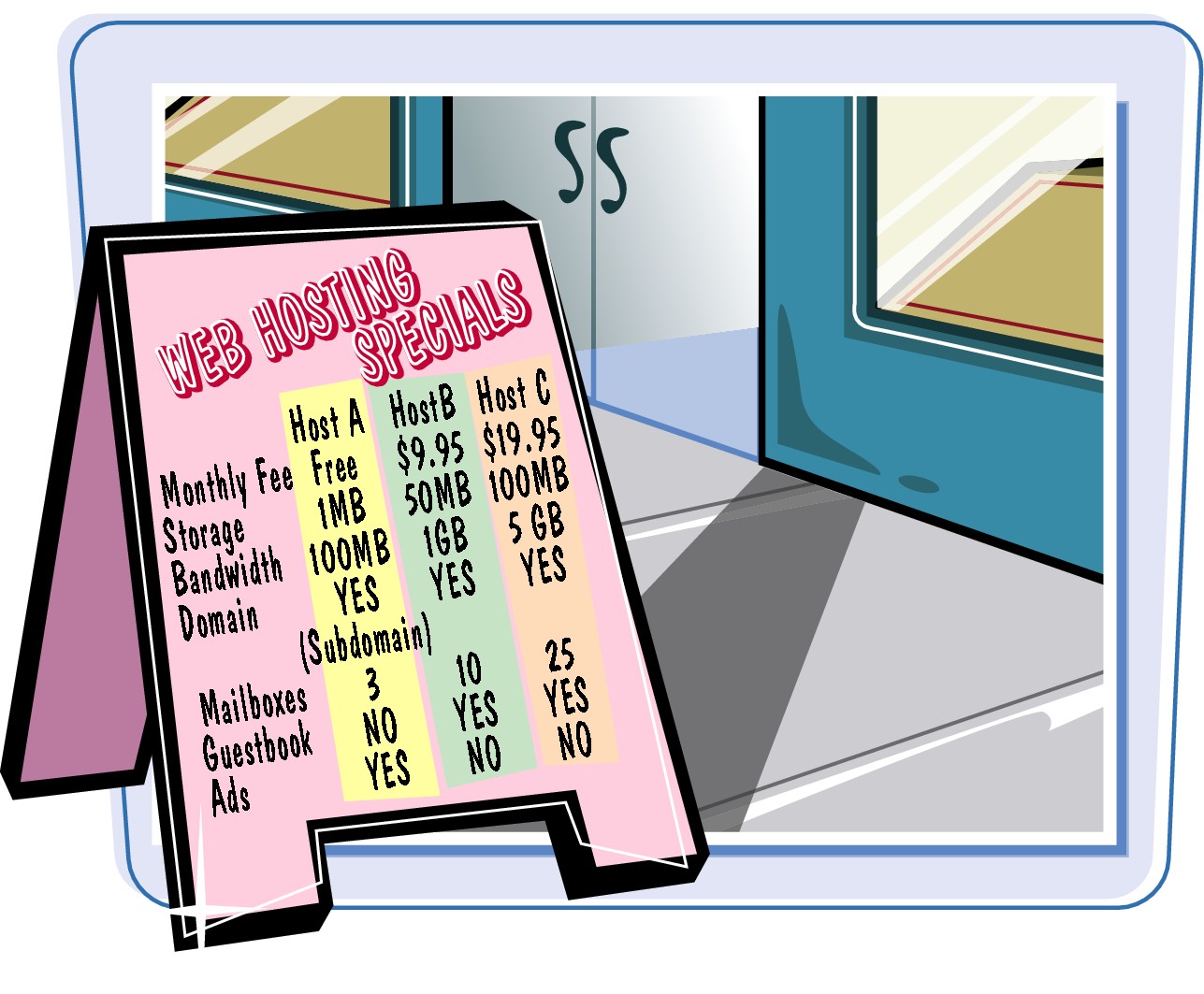
If you want to start your own blog, you need to sign up with a blog-hosting company. A blog host gives you a mechanism for uploading posts, categorizing and archiving your entries, and handling reader comments. Some popular blog hosts are TypePad (www.typepad.com), Blogger (www.blogger.com), and WordPress (www.wordpress.com).